Christmas Cactus Care: Table of Contents
- Christmas Cactus Care - Key Takeaways
- What Is a Christmas Cactus?
- Understanding Schlumbergera Cactus
- Essential Care Tips for Christmas Cactus
- Advanced Care Techniques
- Fertilizing Your Christmas Cactus
- Did You Know Facts About Christmas Cactus
- Comparison of Holiday Cacti Varieties
- Recommended Products for Christmas Cactus Maintenance
- Conclusion
- People Also Ask - FAQ

Christmas Cactus Care - Key Takeaways
- Christmas cacti, native to the tropical rainforests of Brazil, prefer a humid environment, so they need care that differs from desert cacti.
- The Christmas cactus is a member of the Schlumbergera genus. We love our Christmas cactus for its bright, jewel-toned flowers in winter, and its fascinating, epiphytic lifestyle.
- The broad, jointed stems and bilateral blooms set the Christmas cactus apart, giving it a unique look that’s made it a favorite houseplant.
- Ideal Christmas cactus care includes bright, indirect light, regular watering with proper drainage, and keeping the temperature between 60°F to 70°F.
- EarthPods and TeaDrops Christmas cactus fertilizer provide organic, simple and effective fertilization to help Christmas cactuses grow healthy and beautiful with more blossoms and vibrant color.
- Appreciate the cultural significance, long lifespan, and resilience of the Christmas cactus, making it a beloved holiday companion for years to come.
Cultivating your Christmas cactus can be a fulfilling annual ritual in your household. With its stunning flowers and segments of jade green, this plant brings a splash of color to any home.
Whether you’re an experienced plant lover or a beginner, knowing how to cater to the specific requirements of your Christmas cactus is essential. Getting light preferences right, feeding the correct organic plant food and keeping a consistent watering habit are key for the brightest flowers.
Here’s how to care for this holiday Cactus favorite!
What Is a Christmas Cactus?
Let’s unwrap the mysteries of the Christmas cactus, or as us plant nerds like to refer to it, Schlumbergera x buckleyi. This isn’t your regular desert cactus. This tropical beauty comes from the humid, tropical rainforests of southeastern Brazil.
It loves the humid, leafy forests, not the dry desert sands! Unlike its desert-dwelling, spiny cousins, this plant thrives with a bit more attention. Think of it as a welcoming tropical houseguest that appreciates a lush, humid atmosphere!
Christmas Cactus Origins and History
In the humid rainforests of Brazil, the Christmas cactus found its start. These brilliantly colored plants quickly caught on as a holiday staple, similar to ugly holiday sweaters, but much more colorful.
Unlike those sweaters, these plant gifts just keep on giving. They evoke the magic of Christmas and honor some of our favorite gifting traditions. Imagine Victorian times in the 1800s.
At this time, Christmas Cactus plants made their way to Europe and North America, mesmerizing everyone as the perfect holiday decoration. Though originally native to Brazil, with their vibrant blooms they soon became a must-have in any festive household.
Unique Morphological Features
The Christmas cactus is indeed unique with its flat, segmented stems—a far cry from the classic round cactus appearance. These segments are full of purpose.
They uphold gorgeous zygomorphic flowers that open in vivid colors of pink, red, and white. With these colorful blooms in the center of your table, they’re sure to be a conversation piece at every holiday dinner.
One of the coolest things about this plant is its aerial roots! These aerial roots allow the plant to drink up humidity from the air, a tribute to its rainforest roots.
Love those thick leaves? Sure, but it’s their long, elegant blooms that make this plant an ornamental favorite indoors.
Evolutionary Plant Adaptations
The Christmas cactus is a great example of some amazing adaptations. It grows epiphytically, sitting on top of tree branches rather than in the dirt.
This adaptation allows it to flourish even in low-light environments. It really is the ideal plant for a snug nook—be it in a lush woodland or your house!
Its water retention skills are impressive, allowing it to weather dry spells, a testament to its hardiness in the wild. For flowering, so much of it is timing.
The plant blooms on cue with a drop in light levels and cooler temperatures. This careful timing ensures a lush bloom right in time for the holidays.

Understanding The Schlumbergera Cactus
The Schlumbergera genus is one that brings simple beauty and joy to many homes. It features the popular Christmas cactus (Schlumbergera x buckleyi) and its colorful kin—the Easter and Thanksgiving cacti. These tropical beauties hail from the humid jungles of Brazil.
In response, their care is very different from their cactus cousins that live in the desert. Understanding the nuances between these closely-related cacti requires more than a botanical deep dive. It’s your passport to mastering the art of indoor gardening!
Christmas cacti bloom with colorful blossoms right around the holiday season. In the meantime, Easter and Thanksgiving cacti each proudly display their distinctive flowers when they bloom in accordance with their names, as suggested by their names.
Getting in sync with these clocks is the best way to make sure your plant is getting the right treatment. Picture your Schlumbergera cactus, flowers popping out like celebratory New Years explosions, the evidence of your backyard genius.
These cacti have become incredibly popular with houseplant lovers. They’re not just a trendy decoration; properly cared for, they’ll last more than 100 years, like a family heirloom passed through generations.
Differences from Other Cacti
Unlike the desert cacti covered in dangerous needles that you might envision soaking up the sun, the Christmas cactus loves a little more temperate climate. Loving humidity and shade, it’s the ideal cactus for those living spaces.
Most desert cacti grow in very dry environments. Unlike its prickly cousin, the Christmas cactus is epiphytic, which is to say that it grows on trees—rather than in sandy ground.
This distinction is important—picture a cactus that makes its home in the branches of a tree, as opposed to a baked-on-the-rocks desert resident. Additionally, its flower structures are noteworthy, with segmented, flattened stems producing a stunning, cascading bloom effect.
Caring for a Christmas cactus is all about finding that happy medium. You want to keep it consistently moist but not soggy, so its care is a bit different from standard cactus care.
Common Varieties Explained
The real Christmas cactus and its many hybrids offer a rainbow of bloom colors. With colors in the palette of pinks, reds and whites, these beauties add a burst of bright color to your home.
Each variety has their own specific care needs. Pick the best variety for the way you like to garden indoors. Whether you prefer a vibrant pink bloom to brighten an eclectic living room or a classic red to lend a touch of tradition, Schlumbergera can provide.
By understanding these indoor varieties, you’ll be able to cultivate a beautiful and thriving indoor oasis.
Seasonal Blooming Patterns
While the Christmas cactus naturally flowers in winter, conditions such as exposure to light and sudden changes in temperature are a critical factor. They do very well in the cool fall weather.
Daytime temperatures of 60 to 70°F and night temperatures of 55 to 60°F will help bring out those beautiful blooms. Less watering while the plant is dormant is essential to get the cactus ready for an abundant flowering season.
Record your cactus’s blooming habits to learn important information about its well being. That way, those cheery flowers will always be a star feature of your seasonal decor.
Essential Care Tips for Your Christmas Cactus
Ah, the Christmas cactus—the plant as classic as your grandma’s Yuletide fruitcake, but much less contentious. With just a little care, your Christmas cactus can be a holiday delight all season long — and perhaps, even year-round.
It’s really a matter of finding the right balance with light exposure, watering, and temperature and providing it with the stable environment that it thrives in. A care checklist, plus a mini plant diary, are your not-so-secret weapons, transforming your plant into a holiday season superstar.
1. Optimal Light Requirements
Christmas cacti love bright, indirect light almost as much as cats enjoy soaking up the sun in a sunbeam. These plants like bright, indirect light. They do require bright light, but direct sunlight will be too harsh and can even scorch their leaves.
For the best light exposure, keep your Christmas cactus close to an east-facing window. Then it will really thrive and be like it’s on a permanent vacation! Rotating your plant every few weeks will ensure it grows evenly and doesn’t begin to lean—no leaning towers of cactus on our watch!
2. Ideal Watering Techniques
Watering your Christmas cactus is a matter of striking a balance. In the spring and summer growing season, water when the top inch of the potting mix is dry to the touch, every 7-10 days.
As fall and winter approaches, and your cactus goes dormant, reduce to every 4-6 weeks. Good drainage is essential to prevent root rot, so ensure that your pot has drainage holes and that the soil doesn’t stay waterlogged.
3. Temperature and Humidity Needs
There’s a sweet spot for temperature. These cacti do best in environments that hover around 60°F and 70°F. During the night, some cooler temperatures aid in bud formation, but be sure to keep it no colder than 50°F.
During winter months when the air becomes dry, a pebble tray or light misting will increase humidity levels. Stay clear of cold drafts and nearby heat sources that would irritate your cactus.
4. Soil and Potting Mix Recommendations
A light, well-draining potting mix is your Christmas cactus’s best friend. Use a commercial cactus soil mix or create your own by mixing regular potting soil with perlite or coarse sand.
Repot every two to three years, preferably in late winter or early spring after the flowering period has ended. Be sure to test soil moisture before watering to ensure your plant stays perfectly hydrated.
We recommend: Christmas Cactus Potting Soil Mix from Soil Sunrise
BUY IT HERE >> https://amzn.to/4fQ6f3s
5. Pruning and Maintenance Practices
A minor haircut from time to time helps your cactus maintain a healthy, full appearance. Cut back any dead or damaged stems and pinch back any leggy growth to encourage a bushier plant and more flowers.
Wipe those leaves down carefully to remove dust and improve photosynthesis, and watch them closely to prevent any pests or diseases from coming onto your plant.
Advanced Care Techniques
You’ve been given this Christmas cactus, and this isn’t just any cactus—it’s the royalty of holiday houseplants. Want to seriously up your plant care game? Prepare to pamper your spiky buddy with the red-carpet care it’s been waiting for with these advanced care techniques that’ll have it thriving like never before!
Understanding Phytochromes in Cacti
Phytochromes might read like something out of a sci-fi novel, but they’re key to keeping your cactus alive. They assist the cactus in maximizing its surface area to receive sunlight. These tiny little light detectors control when and how your xmas cactus plant makes leaves and flowers.
When you understand phytochromes, you can tweak the light your cactus gets, like using grow lights during those dreary winter days. Experiment with light levels to find out how your plant likes best. You might just find the key to getting them to bloom those beautiful flowers!
Keep in mind, your cactus will require around 13 hours of darkness each night to trigger its flowering process.
Responding to Environmental Stressors
Christmas cacti can be little divas about their care. Extreme temperature changes are extremely bad ideas. Stressors of this type can result in wilting or bud drop, and everyone loses if that happens.
Stay tuned to the developing situation. Keeping a watchful eye on the situation is the best tool you have. If you witness any signs of stress, change your care routine to accommodate.
Providing the right conditions is the first step to a thriving, beautiful cactus. Get in the sweet spot. Fifty to fifty-five degrees Fahrenheit is optimal. This will recreate their native habitat and promote flowering.
Enhancing Growth with Specialized Products
Ok, time to get into giving your cactus the spa treatment. Specialized cactus fertilizers and growth enhancers can do amazing things. Our EarthPods and TeaDrops are little concentrators of nutrients, making it super easy for you!
Our organic plant food products are perfectly formulated to enhance Christmas Cactus growth and flowering potential, providing your cactus with that little something to put its spring in its step. They are also the more sustainable, Earth-friendly option.
Fertilizing Your Christmas Cactus
You’ve been taking care of your Christmas cactus plants and can’t wait for those festive flowers to bloom. You want those blossoms to put your holiday lights to shame! Proper Christmas cactus care, especially fertilizing, is the secret to achieving that bright, brilliant show of color.
Establishing a Fertilizing Schedule
Limiting your Christmas cactus to the same boring old meal every day (or in most cases, no meal at all) has it starving! While the active growing season when it’s absorbing sunlight and producing foliage like nobody’s business is the most important time to fertilize, that’s not the only time. Try to fertilize on a schedule of 3 to 4 weeks.
Benefits of Using EarthPods and TeaDrops
Our EarthPods and TeaDrops take the hassle out of fertilizing. They’re organic, helping you create lush growth without all the harmful chemicals. What’s more, they’re super easy to use — even on your busiest days, Xmas cactus care won’t be a problem.
Simply introduce them into your normal watering schedule, and enjoy the sight of a beautiful, vibrant cactus. Our customers have told us incredible tales of their plants turning into show-stoppers. They attribute these beautiful transformations to our thoughtfully crafted fertilizers.
So why not get started with them and witness the change firsthand?
How Our Products Differ from Others
You may be asking, “Why EarthPods and TeaDrops?" Well, unlike typical fertilizers that make one product to use on every type of plant, our products are different. They are specially formulated to meet the needs of specific plants, so we have an EarthPods cactus fertilizer formula just perfect for our holiday cacti.
Our special formulation means no fillers, just all the natural minerals and plant nutrients your Christmas cactus needs to thrive. We constantly receive testimonials from gardeners who’ve experienced fast-growing plants and eye-popping flowers.
Ordering specialized natural cactus plant food — like ours — results in more beautiful, stunningly brilliant blooms and less trial and error for you.
Avoid fertilizing too late in the fall! Going about this the wrong way can actually hurt your plant rather than help it.
Did You Know? Interesting Facts About the Christmas Cactus
The Christmas cactus, a stunning holiday plant native to the humid jungles of Brazil, is actually much more interesting than your average indoor plant. Whether it’s its exotic Christmas cactus flowers or its interesting growth habit, its fascinating features truly make it a true standout in the cactus family.
Rare Morphological Insights
The Christmas cactus plants, scientifically speaking, Schlumbergera spp., are not your average houseplants. They display a distinctive morphology with flat, segmented stems that enable them to thrive as epiphytic plants. Instead of growing in soil, these unique plants flourish on other plants, showcasing a remarkable adaptation that allows them to survive in the crowded and competitive world of tropical forests.
Aerial roots are very important for the cactus. They allow the plant to gather nutrients and moisture from the humid air and organic detritus that collects on the surface. These roots are a smart adaptation. In fact, they’re a testament to how well the plant has learned to thrive in its high-altitude abode.
The flower structure of the Christmas cactus is another miracle. These blooms have adapted to lure certain pollinators. They’re noticeably colorful and carefully positioned on the plant. The flowers, often quite large, attract long-tongued pollinators who feed on them.
This clever design allows the beauty of the Christmas cactus flowers to persist year after year. Get up close and personal with these blooms, and you'll discover amazing designs that only nature could dream up, making them a festive addition to any holiday plant collection.
Cultural and Historical Significance
As we snuggle in for the holidays, the Christmas cactus plants will be ensconced in our homes. This lovely holiday plant comes with a truckload of cultural baggage. Originating as a complex hybrid in England around 150 years ago, it has become a cherished part of seasonal traditions around the world, especially during the holiday season.
In cultures where this plant is popular, the Christmas cactus symbolizes joy and celebration, serving as a living testament to lasting happiness. It's easy to see why this gift from the tropical forests is so treasured. Passed down as an heirloom, it represents warmth and cheer, making it a perfect addition to any indoor garden.
Telling the story of your own Christmas cactus adds a personal touch and engages friends and family. Each plant, whether an old beloved family heirloom or a new plant in your collection, tells a unique story that enriches the deep history surrounding these remarkable cactus plants.
Comparison of Holiday Cacti Varieties
When considering the selection of Christmas cactus plants, Easter, and Thanksgiving cacti, it is important to identify their distinguishing characteristics. Understanding these oddities will greatly assist you in choosing the right holiday plant! Each type, including the true Christmas cactus, has its own unique charm, and knowing how to identify their blooming habits and right Christmas cactus care requirements will help you find success every time.
Christmas vs. Easter vs. Thanksgiving Cactus
|
Type of Cactus |
Blooming Period |
Light Needs |
Care Requirements |
|---|---|---|---|
|
Christmas Cactus |
Late November - January |
Bright, indirect |
Even moisture, cooler temps at night |
|
Easter Cactus |
February - March |
Bright, indirect |
Dry spells, cool nights for dormancy |
|
Thanksgiving Cactus |
November - February |
Bright, indirect |
Similar to Christmas cactus, prefers cooler evenings |
Many of the “Christmas cacti” you see around are actually Thanksgiving cacti. These colorful plants like to show off their flowers from November all the way through February.
These beautiful holiday cacti could be nothing more than hybrid crosses, delivering rainbow hues of color that liven any space. The Easter cactus is the most finicky of the three.
It is the most beautiful of the three, blooms from late winter into early spring, and grows under fascinating circumstances. Keeping track of when your cactus blooms will make you a better green thumb, able to time those flowers to show up just when you want them.
A seasonal calendar for care can be a life-saver, helping you stay on track and your cacti happy and healthy.
Blooming Periods and Care Needs
Here's what you might want to keep handy:
- Well-draining pots: Essential for preventing root rot.
- Our EarthPods and TeaDrops are ideal for encouraging those colorful flowers.
- Keep the air around your cactus comfortable and moist.
- Prevent overwatering being the culprit, as it often is in cactus crimes.
- Ensures your cactus gets just the right amount of indirect light.
Investing in quality tools and products will not only make your life easier, but it will help you promote the overall health of your cactus.
These beauties are rainforest dwellers. Even in your home where the conditions won’t be perfectly suited like their natural environment, they thrive at indoor temperatures of 65° to 70°F, tolerating occasional nighttime drops to 55° to 60°F.
In order to get those beautiful flowers, your cactus needs a specific light schedule. For the Christmas and Thanksgiving varieties, give them 13 hours of darkness along with cooler nights for six weeks.
For the Easter cactus, darken the environment for 8 to 12 weeks.
Recommended Products for Christmas Cactus Maintenance
Caring for your Christmas cactus is a wonderful task. It’s every bit as delightful as drinking a steaming mug of hot chocolate on a frosty winters eve! Here’s a look at the most important tools and accessories that will keep your Christmas cactus happy and healthy.
Essential Tools and Accessories
Must-Have Tools
These are a few essential Christmas cactus care products that every gardener should have at their side. First on the list, pruning shears. These beauties will get you started, keeping your Christmas cactus healthy by trimming away any unruly growth.
A moisture meter is another total game-changer. Just think of having a moisture detective built into your pot! It helps you only water when the top one to two inches of soil are dry.
Humidity trays and misting bottles will help ensure your indoor garden turns into a tropical paradise. They increase humidity levels to just the right amount to keep your cactus content!
Potting Mix and Fertilizers
A potting mix formulated for cactus plants and succulents is essential, according to horticulturist Tanner Allen. This special blend helps give your cactus the drainage they need without sacrificing the nutrients they crave.
When it’s time to feed, just keep in mind that you want to provide your Christmas Cactus the very best nutrition possible for those big, beautiful blooms. Read our Christmas Cactus Bloom Care Guide and our EarthPods Christmas cactus formula will get you on the right track:
Pest Control Solutions
No one likes uninvited guests, and even less so when they have six legs. Choose organic pest control options to protect your cactus from pests without harming the environment.
Neem oil or insecticidal soap are good options, so you don’t have to trade in your sustainability goals for a bug-free plant.
Summary
A well cared for Christmas cactus begins with knowing their specific care requirements. You’re already familiar with its tropical roots. You know just what light and water it requires to flourish. Take these tips and tricks that you’ve learned, and your Christmas cactus will bloom lovely! In return, it will bring a beautiful pop of color to your home throughout Christmas time!
Pair them with our EarthPods and TeaDrops for an organic boost your cactus will absolutely adore for years to come.
SUBSCRIBE to our newsletter for 10% OFF your 1st order and receive more useful gardening tips & How To Plant Guides
COMMENT your questions below or any additional tips you'd like to share with the rest of the Earthwormtec plant lovers
PIN our complete Christmas Cactus Care Guide to your Pinterest board to find it easily later
Until next time, happy gardening!
People Also Ask - FAQ
What is the best soil for a Christmas cactus?
Provide a loose, well-draining potting mix, specifically designed for cactus plants and succulents, to ensure your Christmas cactus roots remain healthy and prevent root rot during the holiday time.
How often should I water my Christmas cactus?
Water your christmas cactus plants when the top inch of soil is dry to the touch, as overwatering can lead to stem rot. During the dry winter months, reduce watering frequency while the plant is dormant.
When should I fertilize my Christmas cactus?
Fertilize your Christmas cactus once a month throughout the year. Provide good nutrition by fertilizing regularly with our EarthPods Xmas cactus fertilizer formula or create a Christmas Cactus plant food tea with our TeaDrops to encourage lush foliage and a profusion of blooms.
How can I encourage my Christmas cactus to bloom?
To ensure your christmas cactus plants bloom beautifully, provide them with 12-14 hours of uninterrupted darkness per day for six weeks in early fall, mimicking their natural habitat and encouraging flower bud formation.
What temperature is ideal for a Christmas cactus?
To ensure your christmas cactus plants thrive, maintain indoor temperatures between 65°F to 75°F. Avoid placing your cactus near heaters or drafts, as this can lead to stunted growth and stress.
Can I propagate a Christmas cactus?
Of course, propagate new plants by taking a 3-4 segment cutting from your christmas cactus plants. Let it cure for a day, then plant in a pot with well-draining soil suitable for cactus plants.
How is a Christmas cactus different from other holiday cacti?
The Christmas cactus (Schlumbergera bridgesii), a unique holiday plant, flowers later than the Thanksgiving cactus and features less serrated leaf margins.
Read These Garden Articles Next 🔥
- How Do You Care For a Prayer Plant
- Organic Plant Food for Indoor Plants
- Orchid Plant Care
- Orchids Repotting Beginners
- Organic Garden Tips for Beginners
📌 CLICK TO PIN IT

Disclaimer: As an Amazon Associate, we earn from qualifying purchases of referrals that are not our own products.

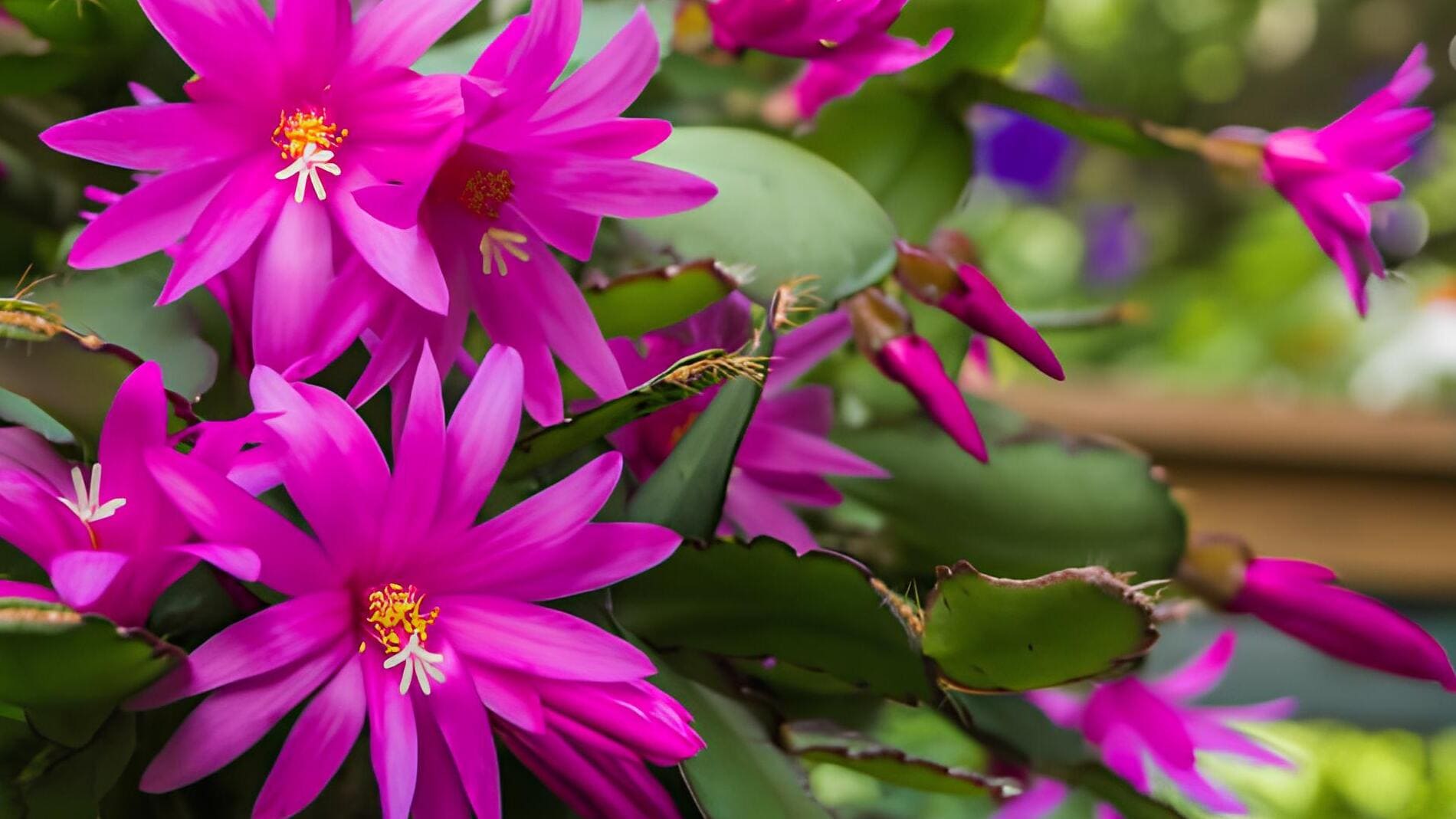
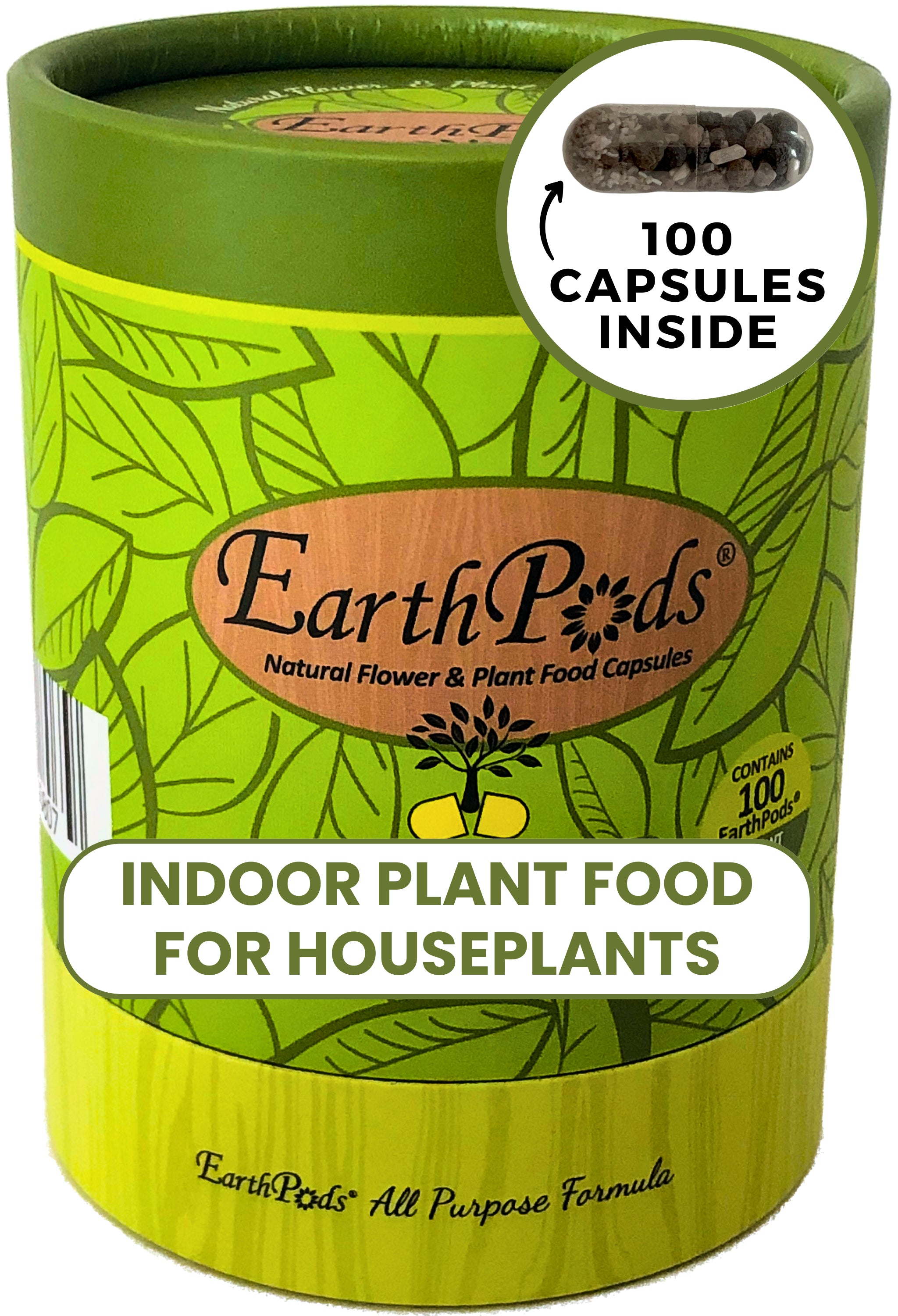

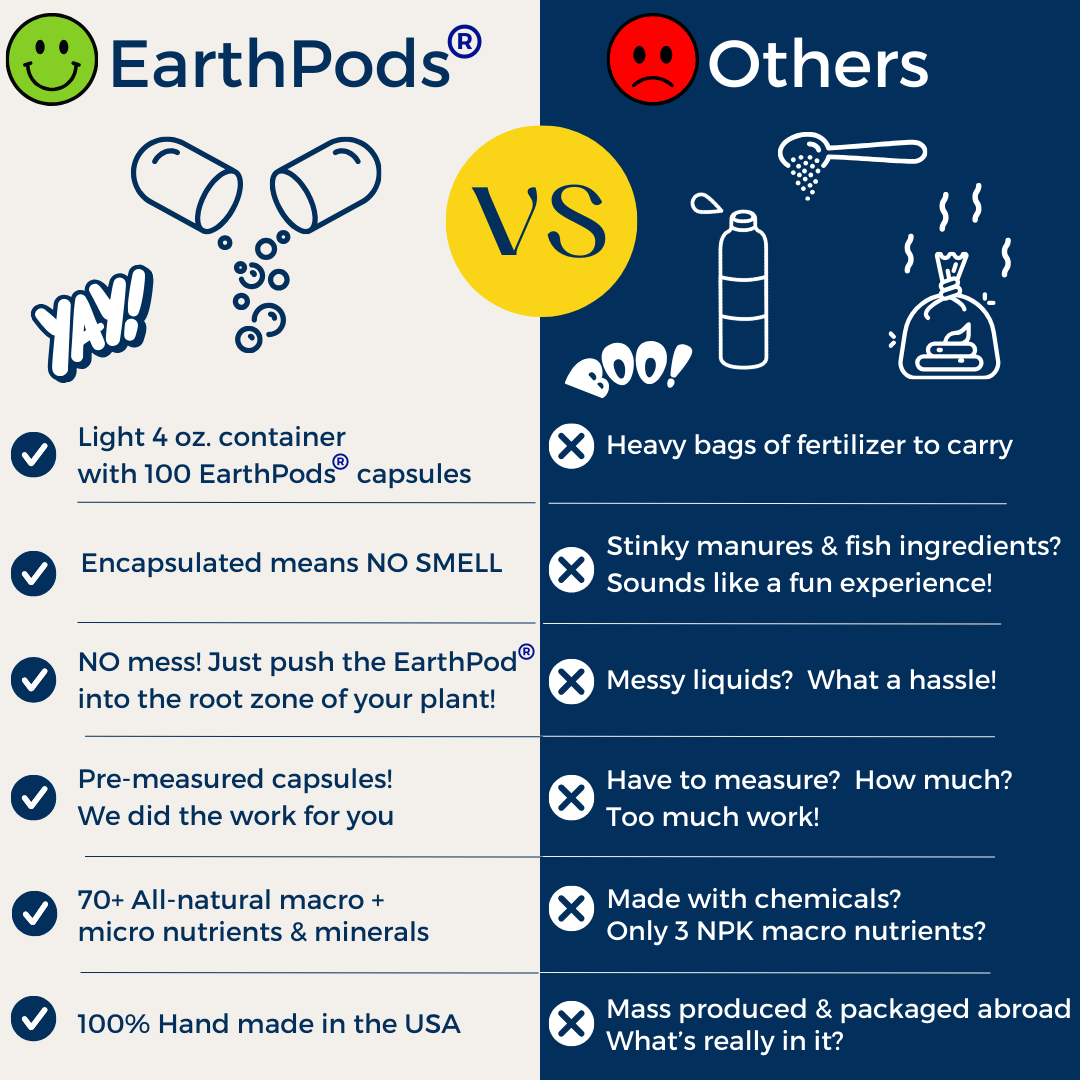
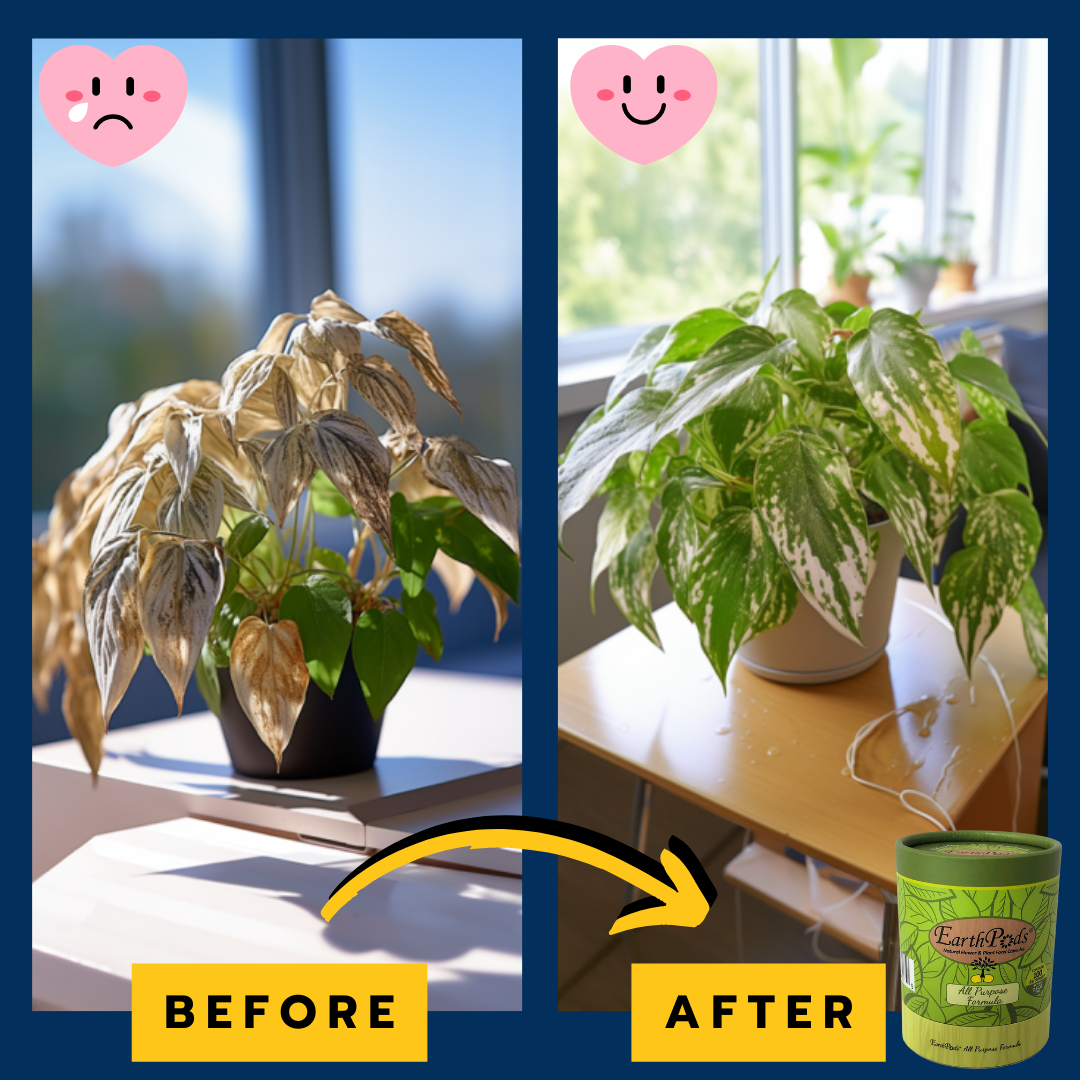
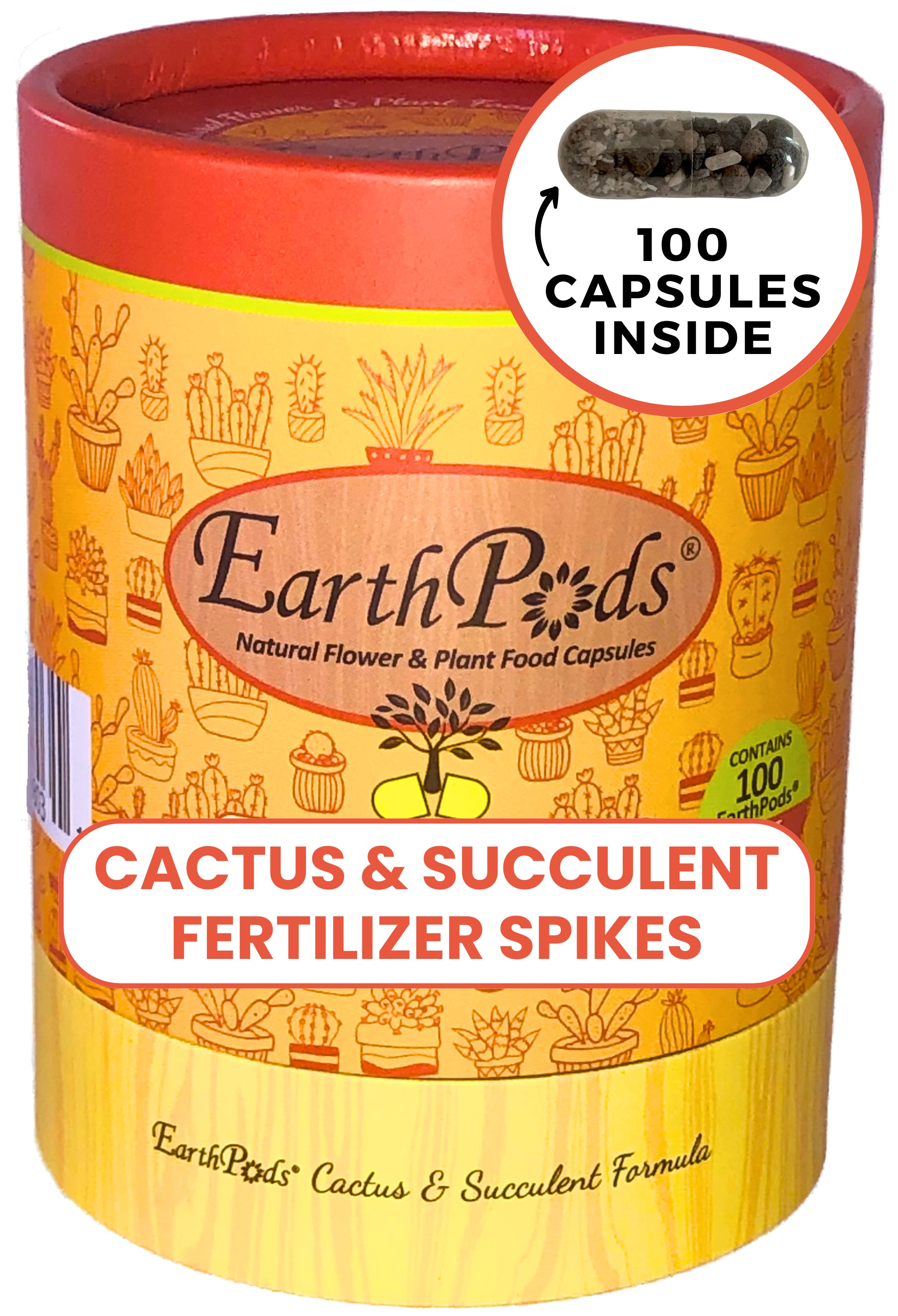

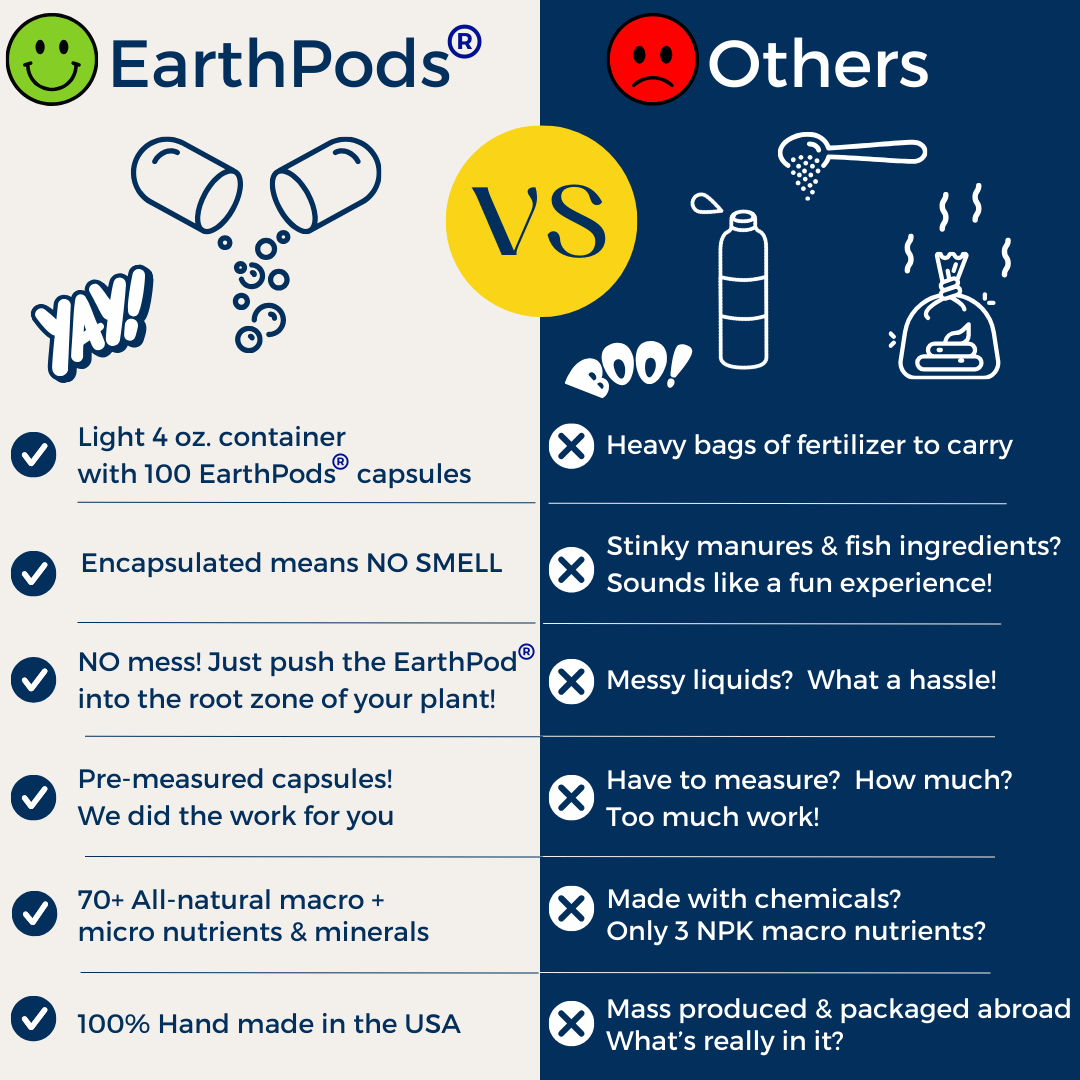
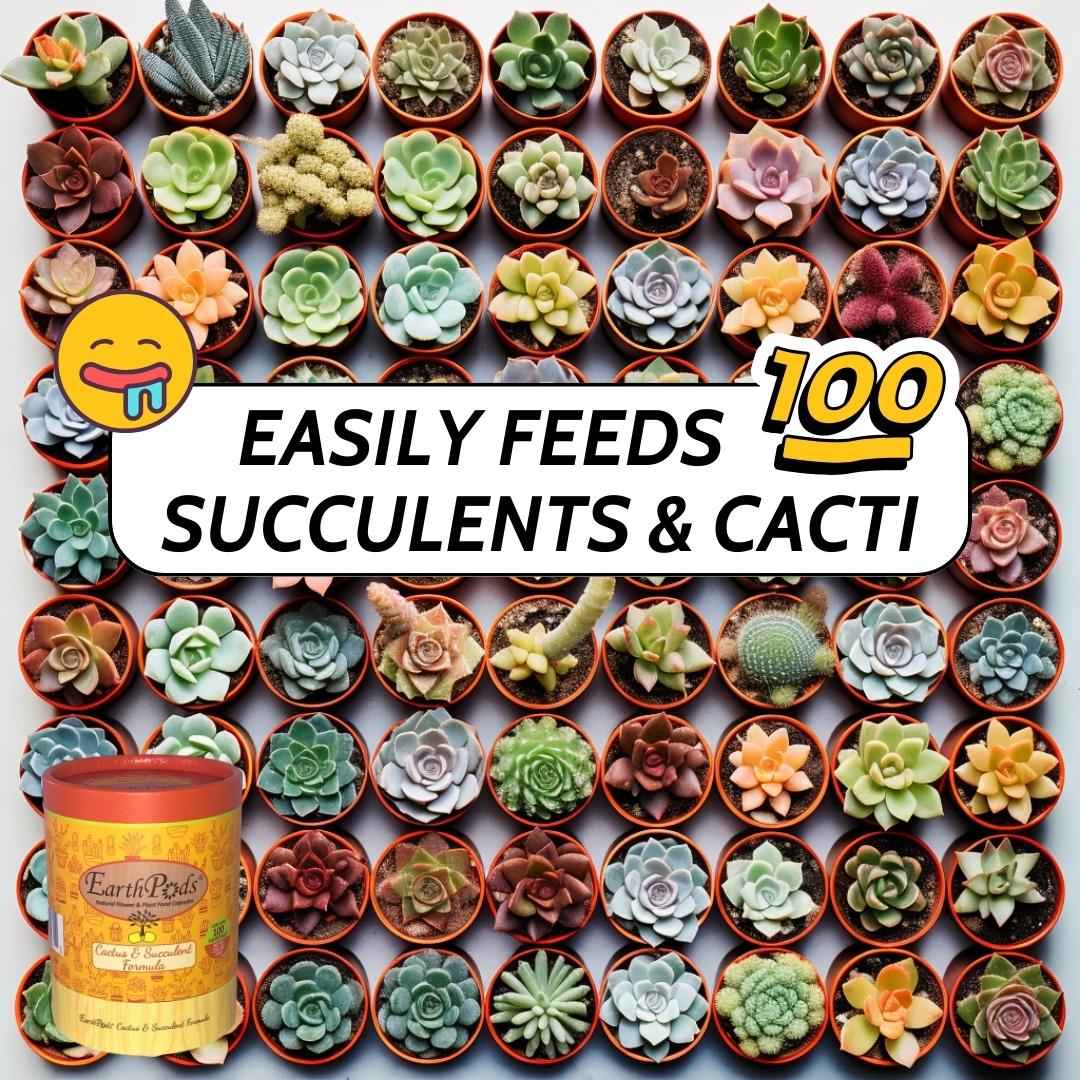
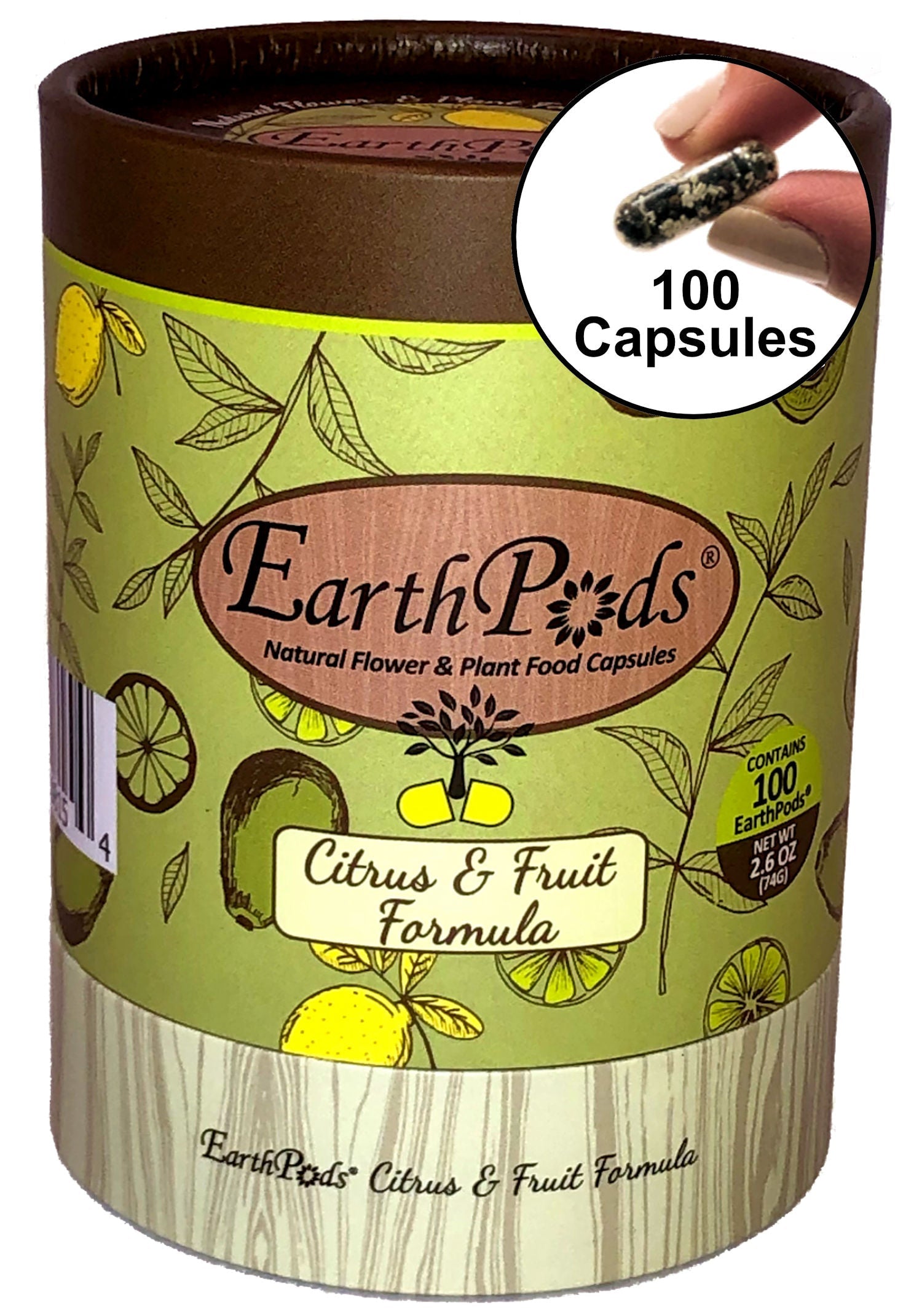

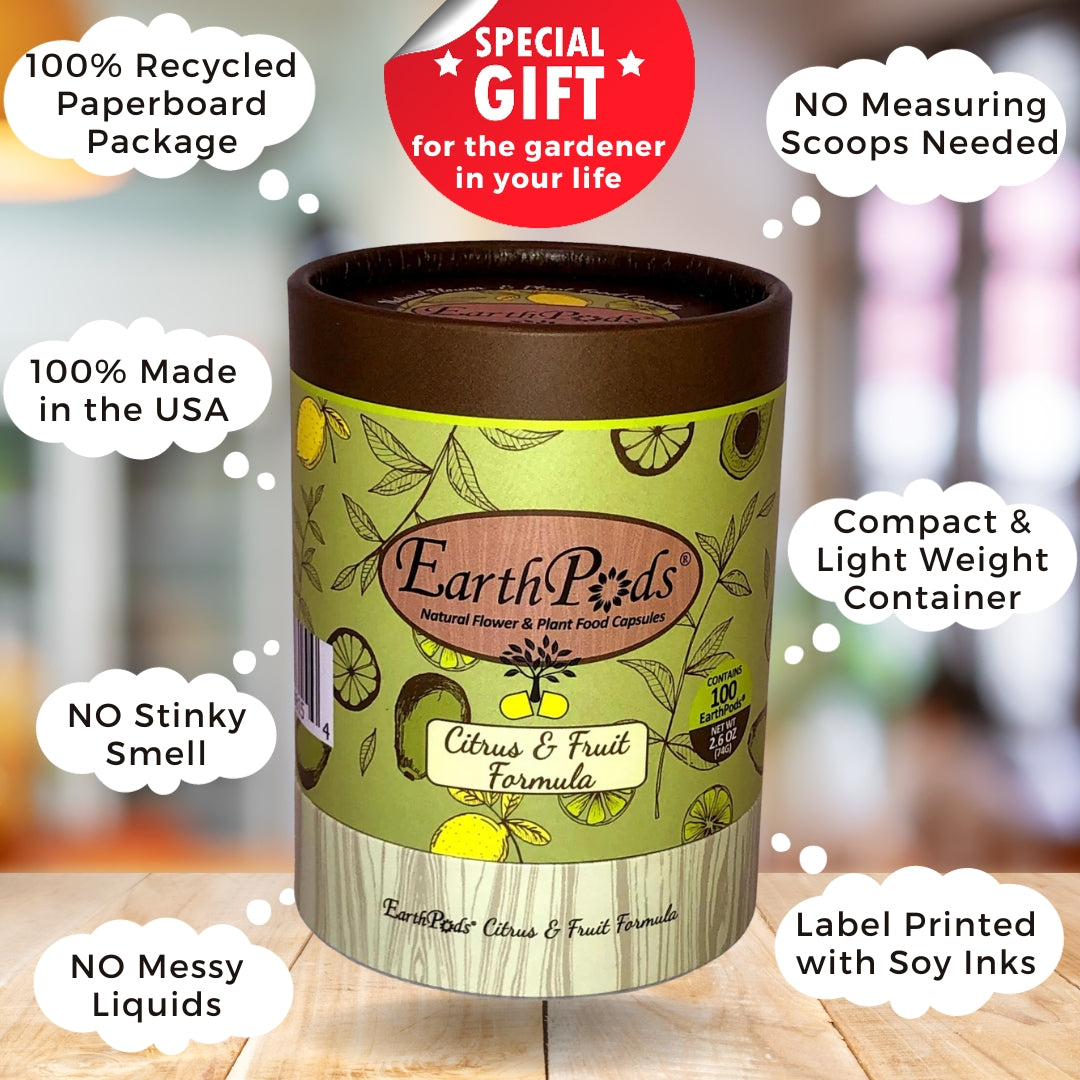
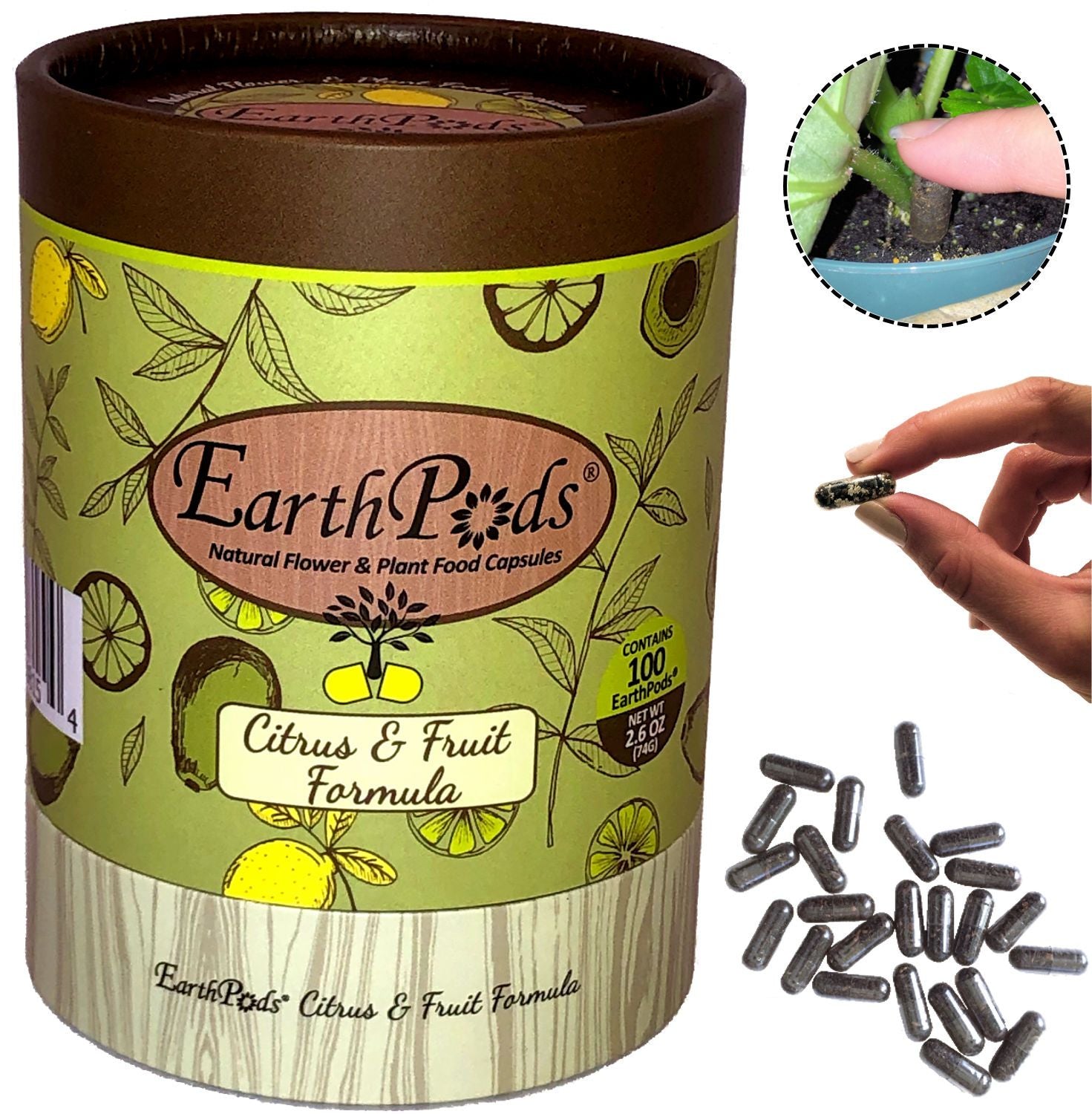
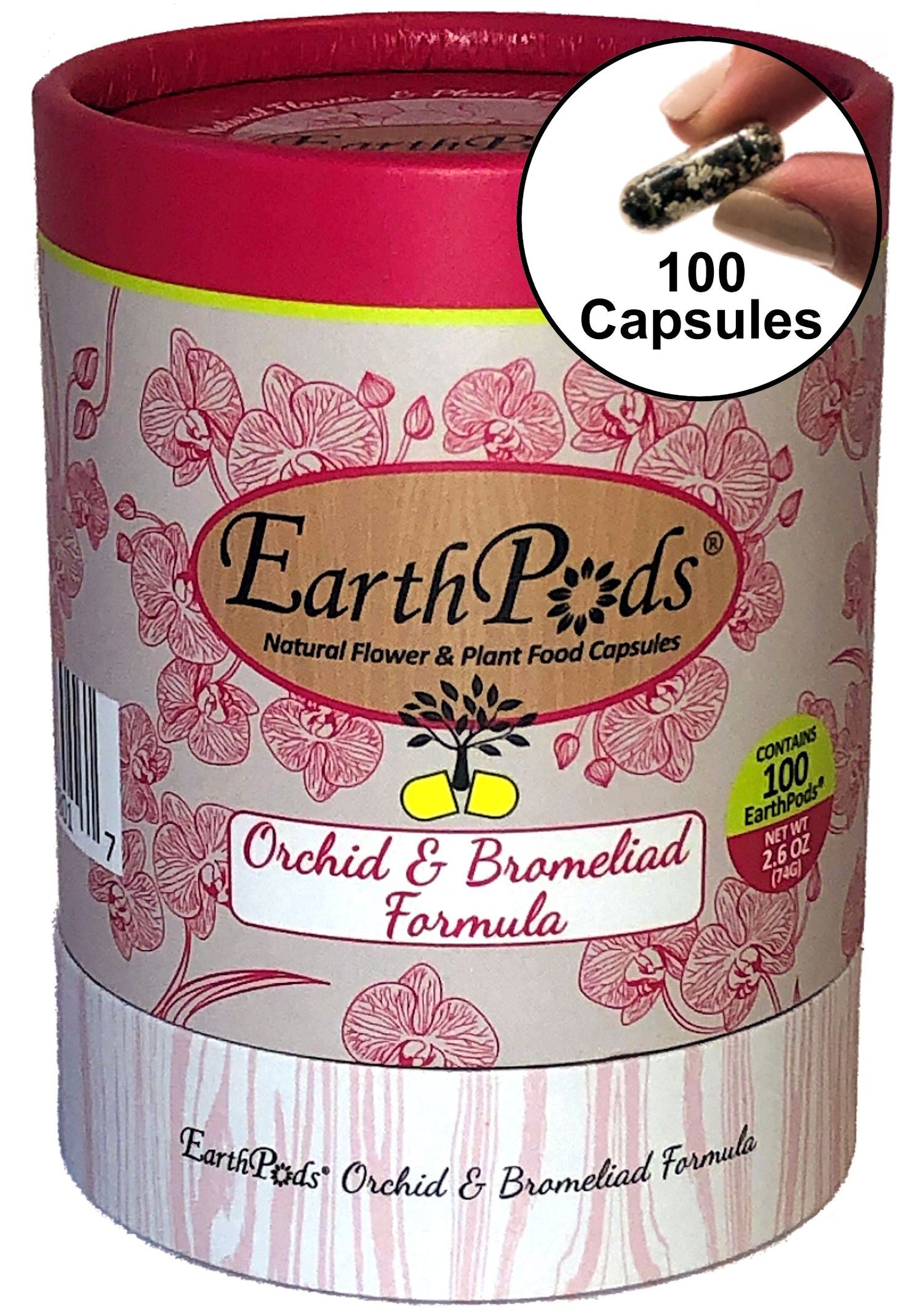

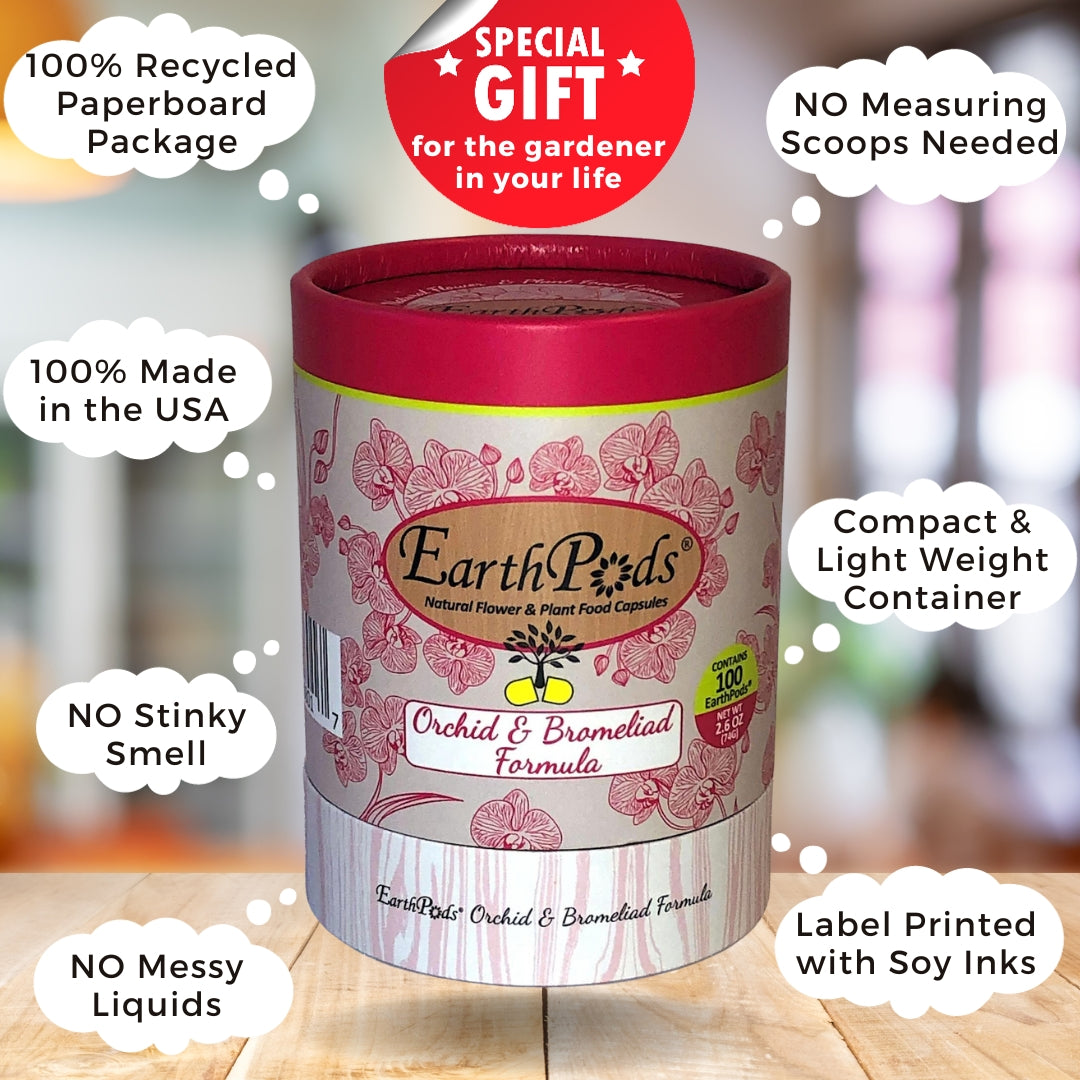
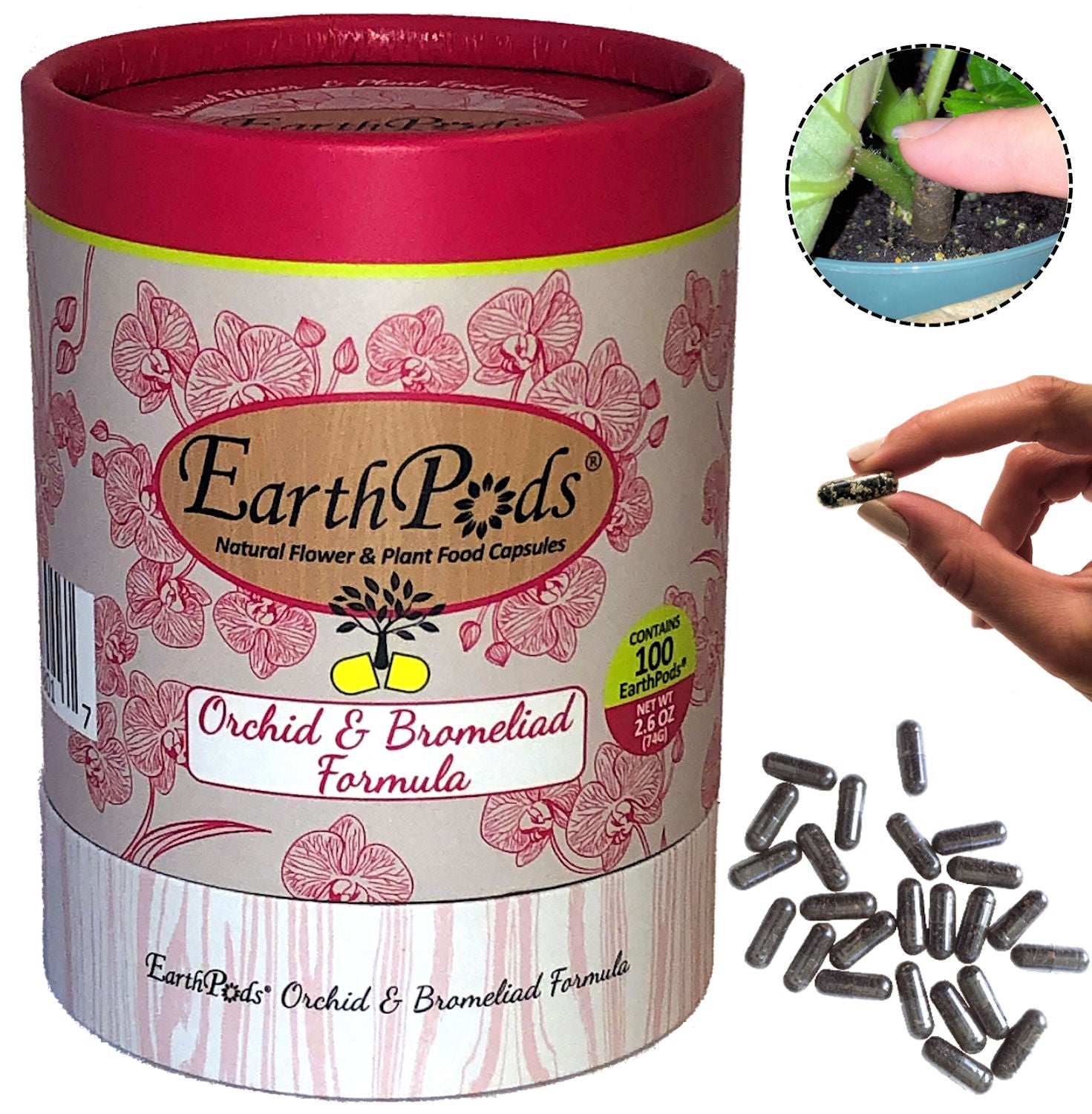
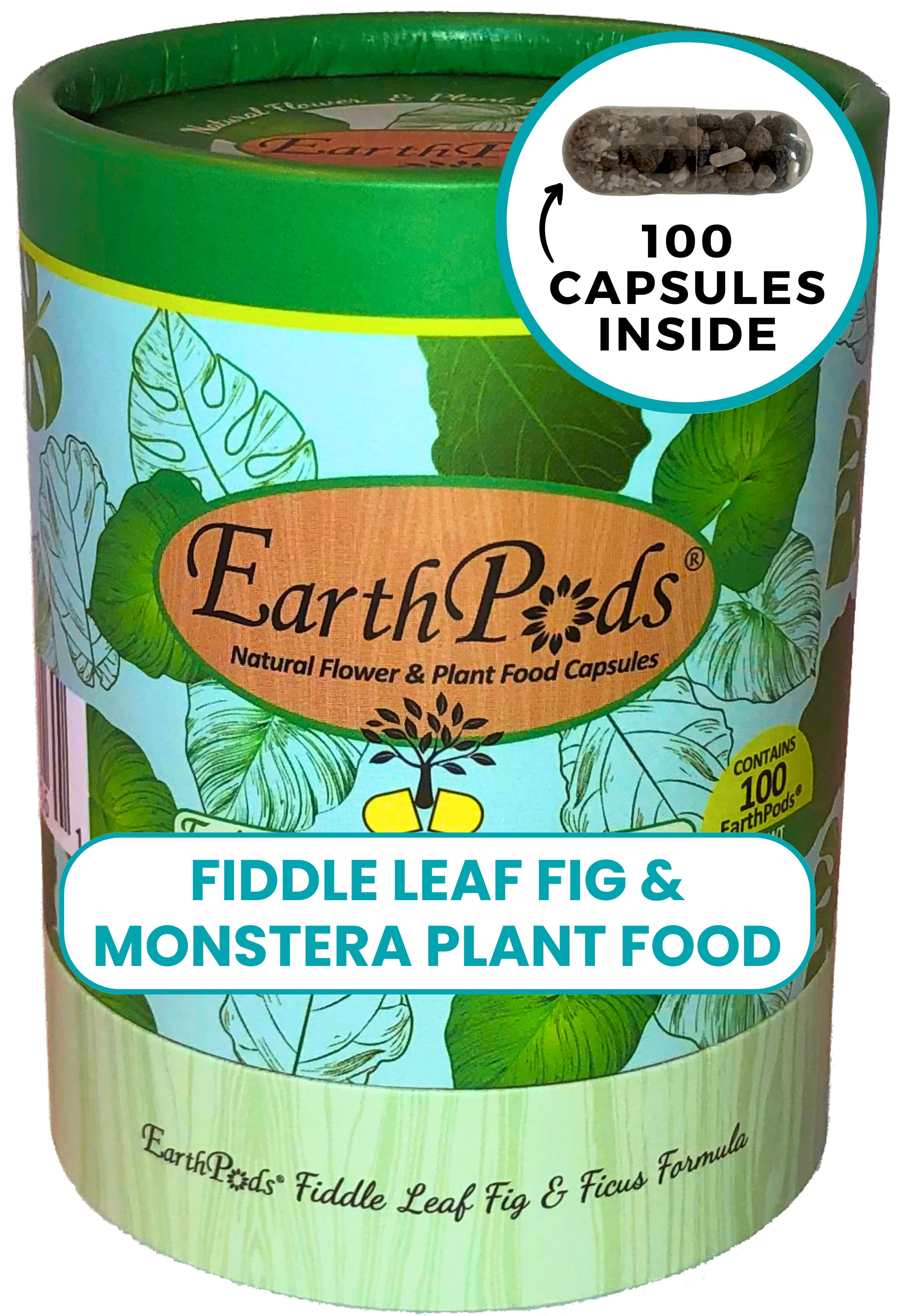

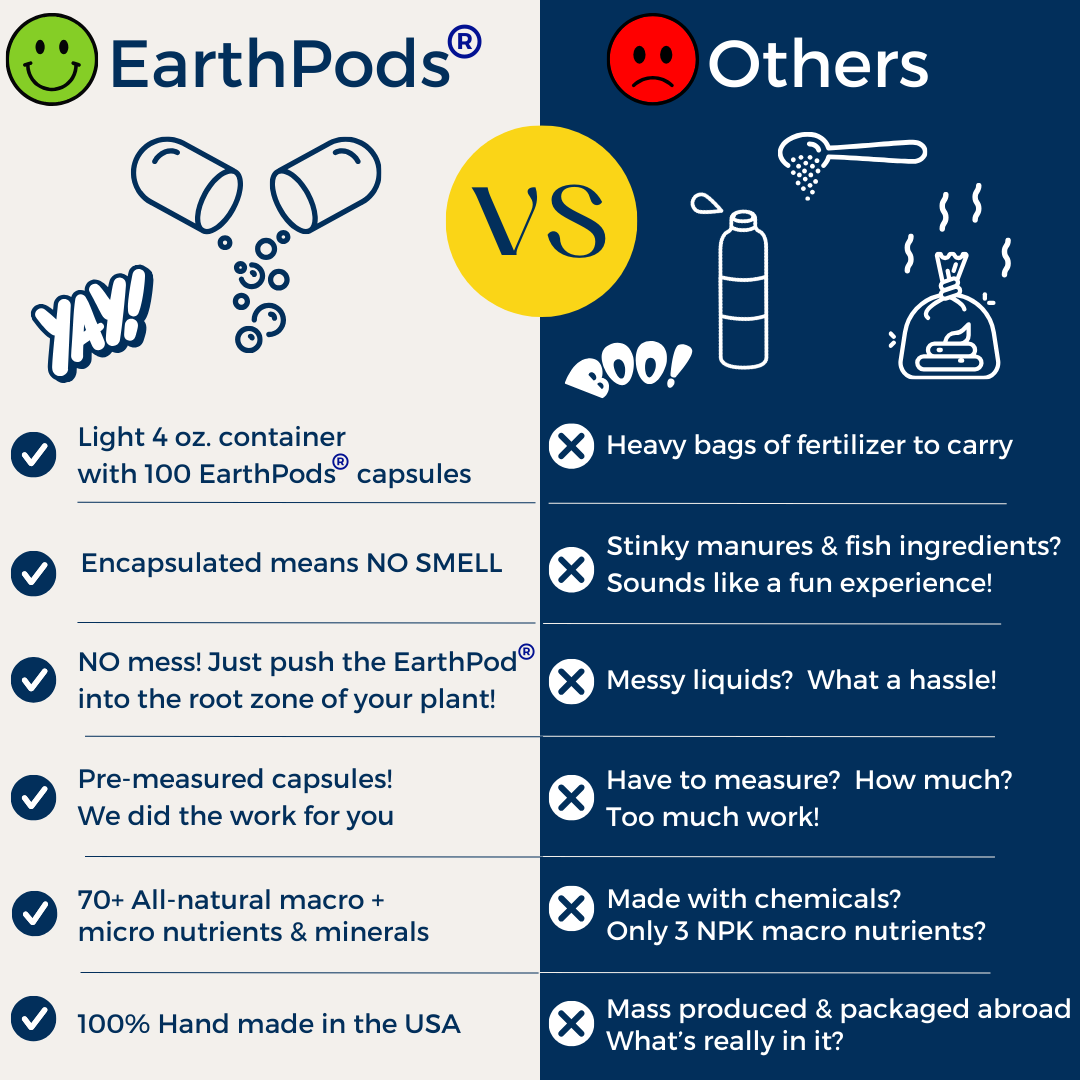
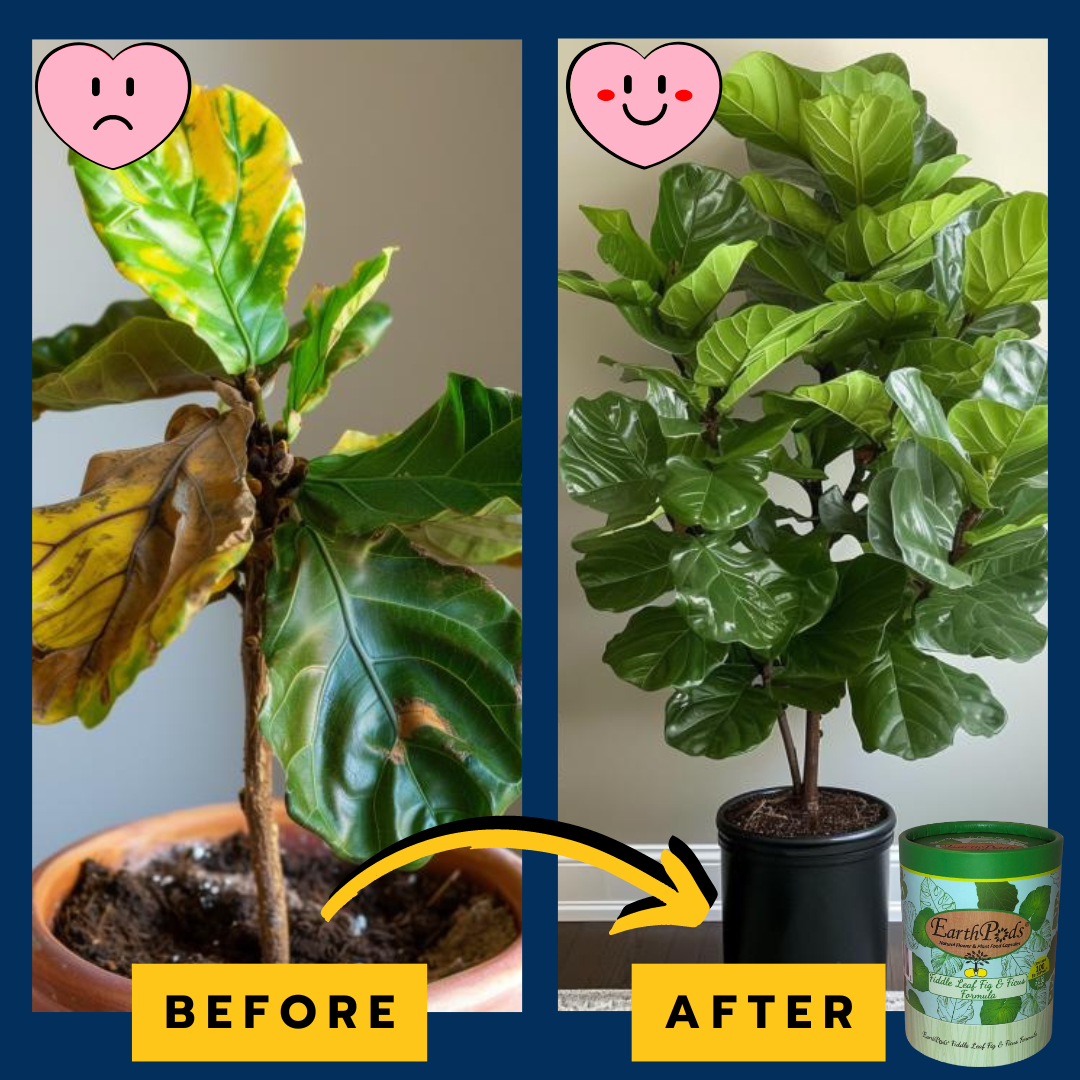
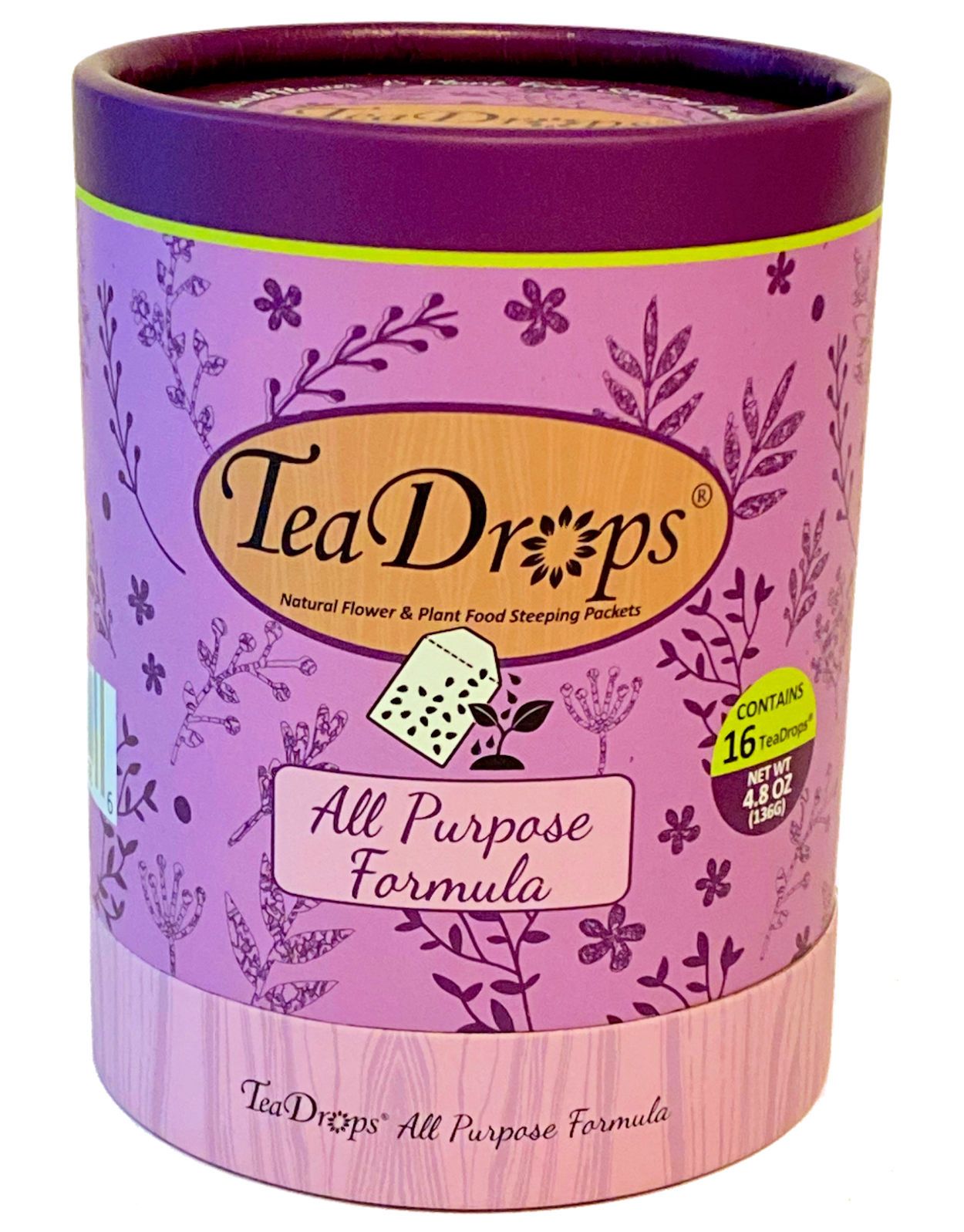
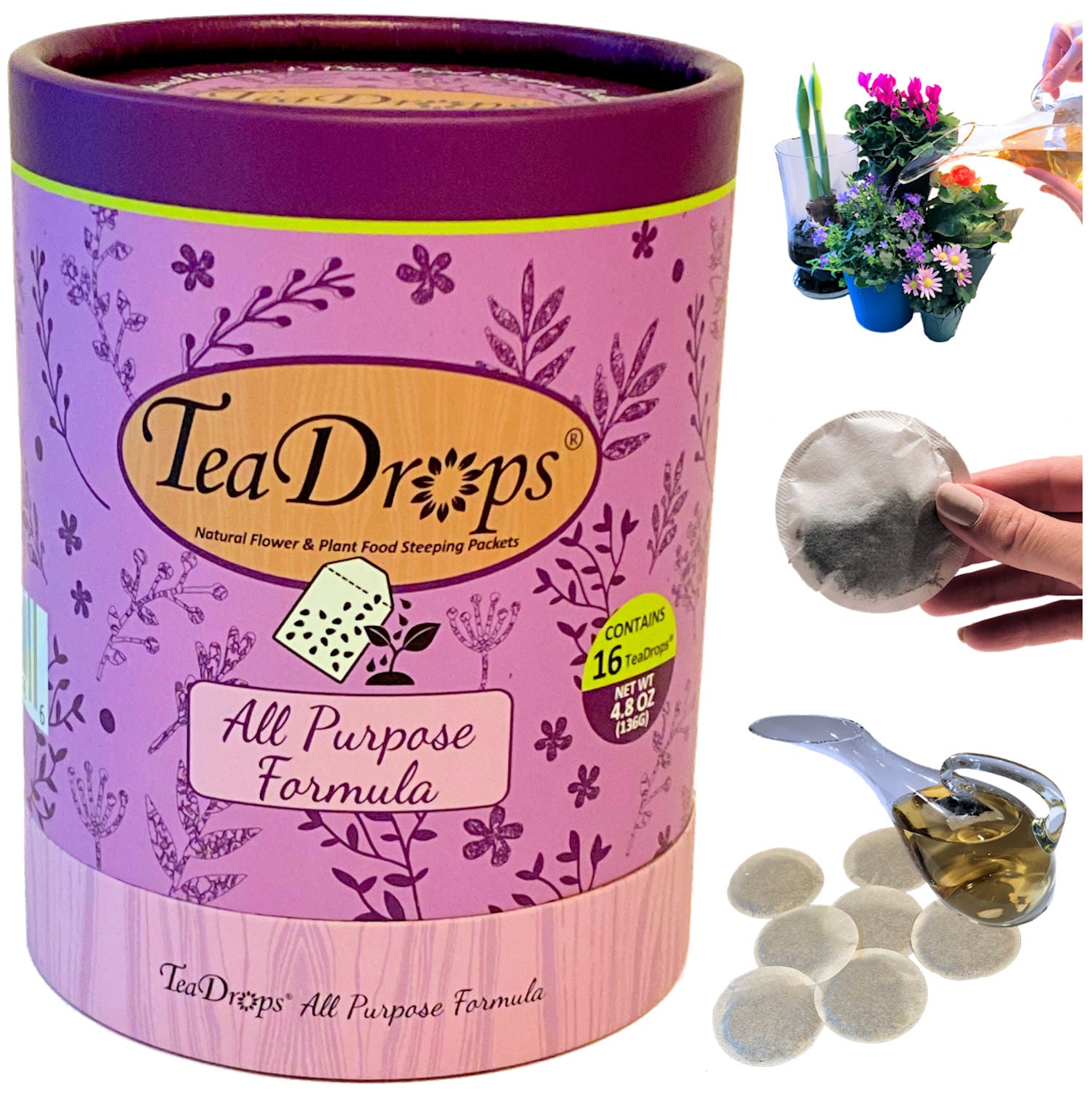
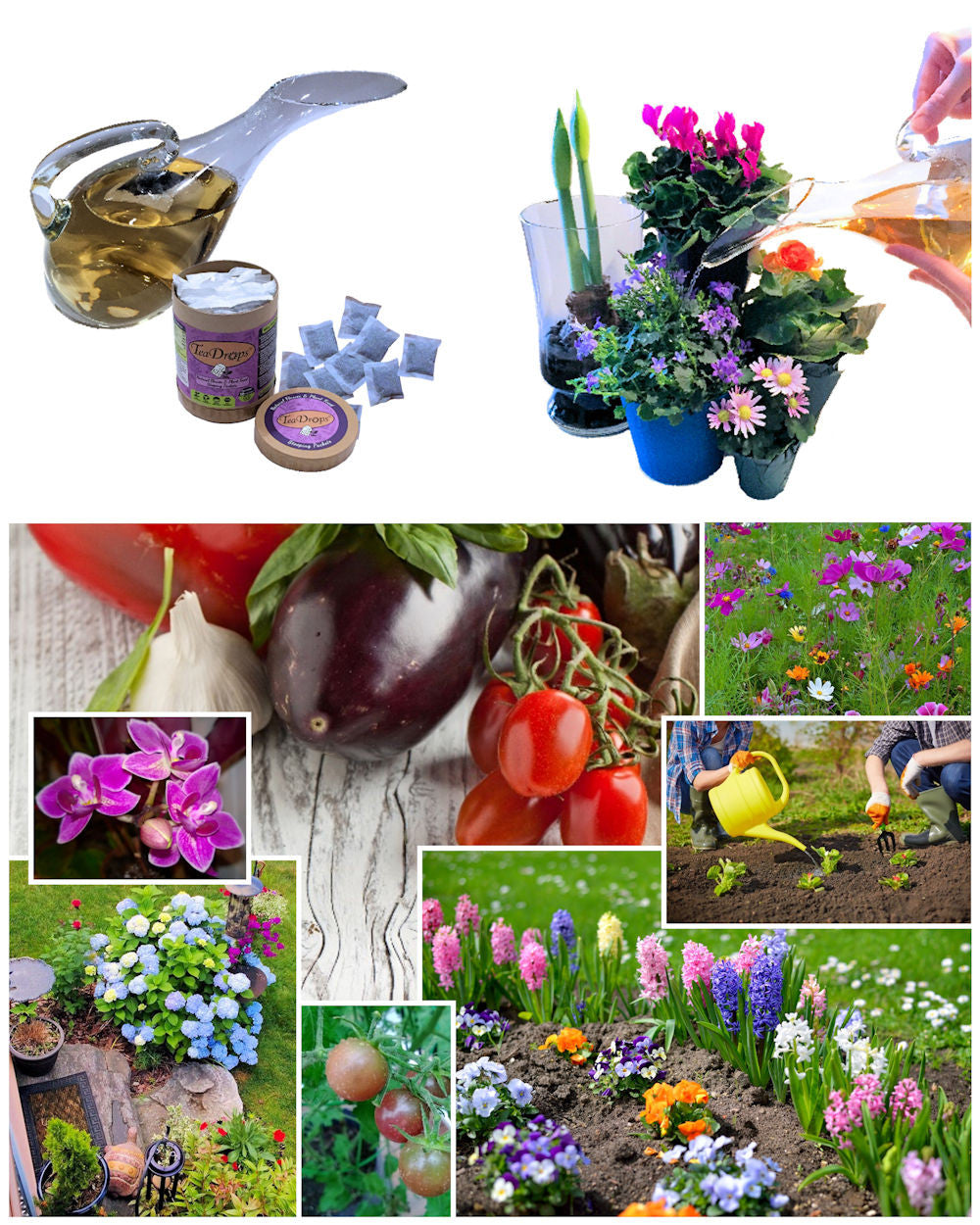

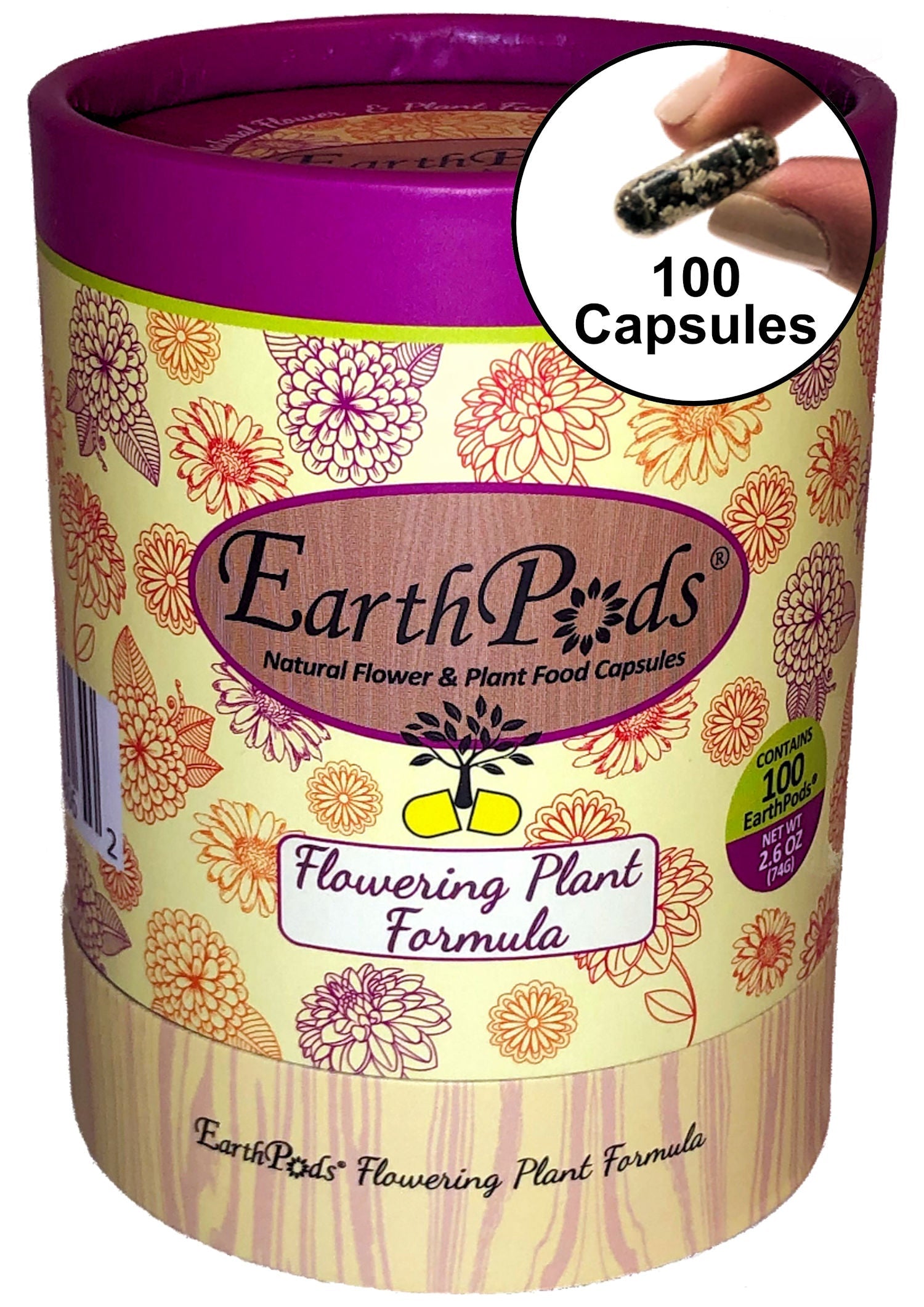

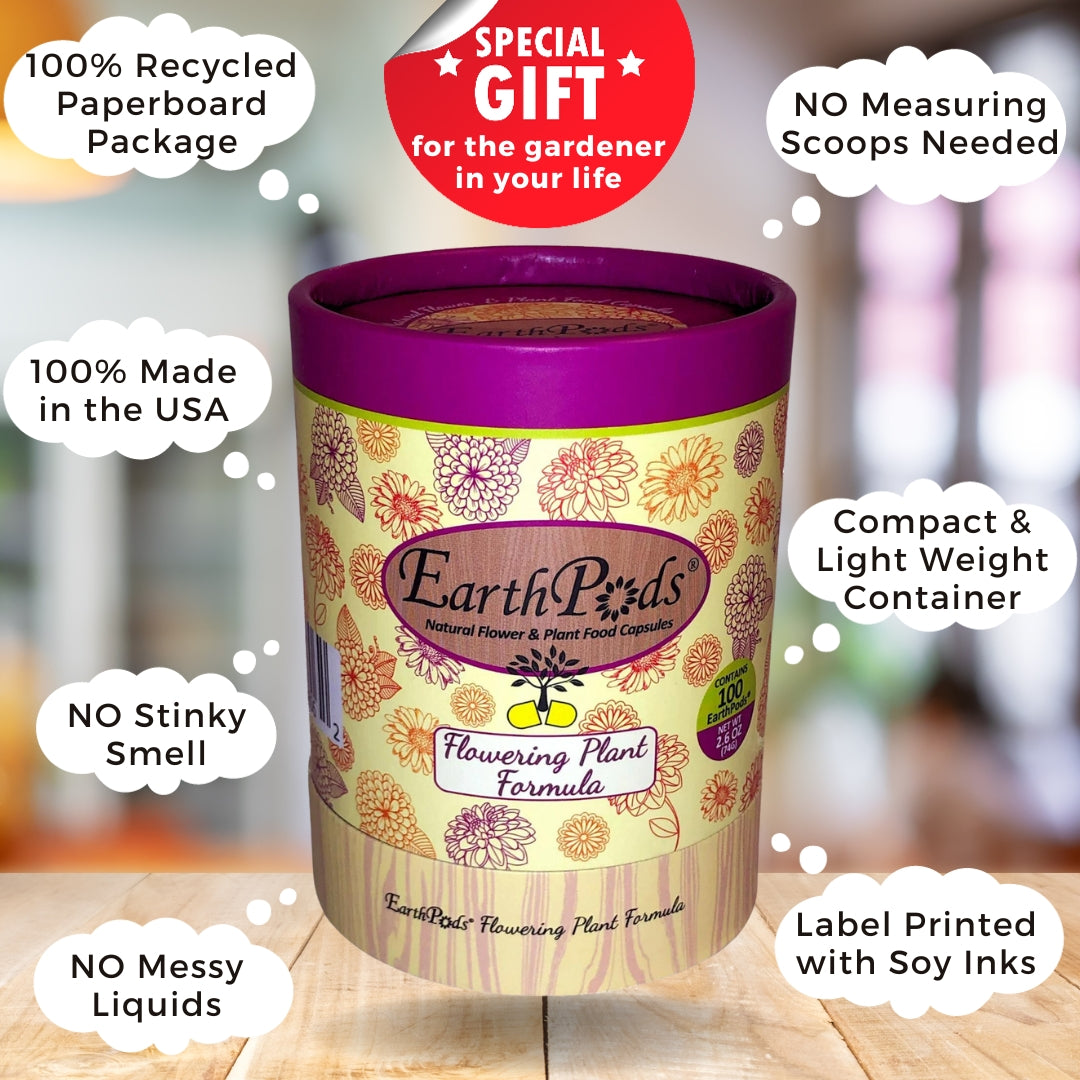
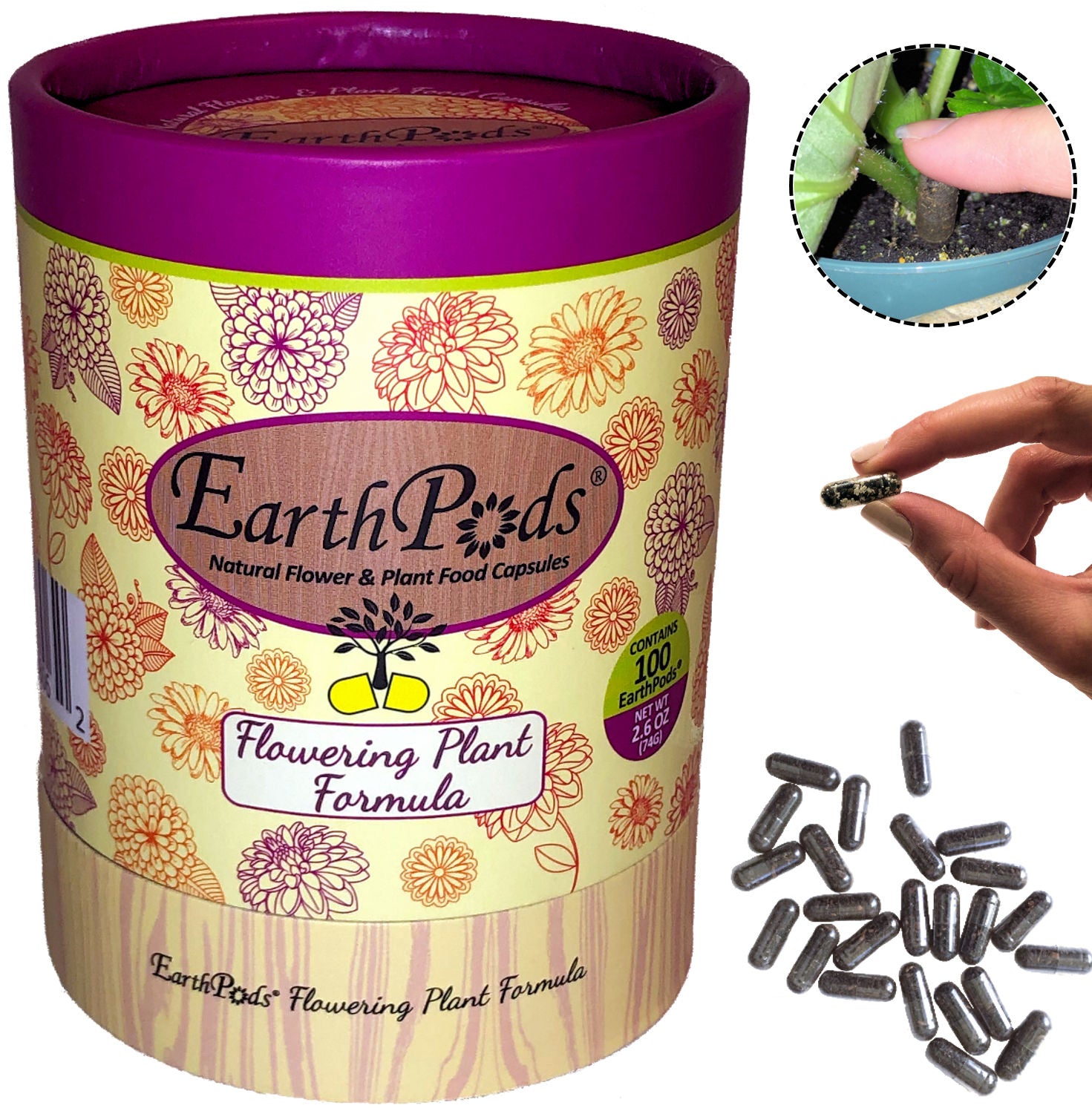
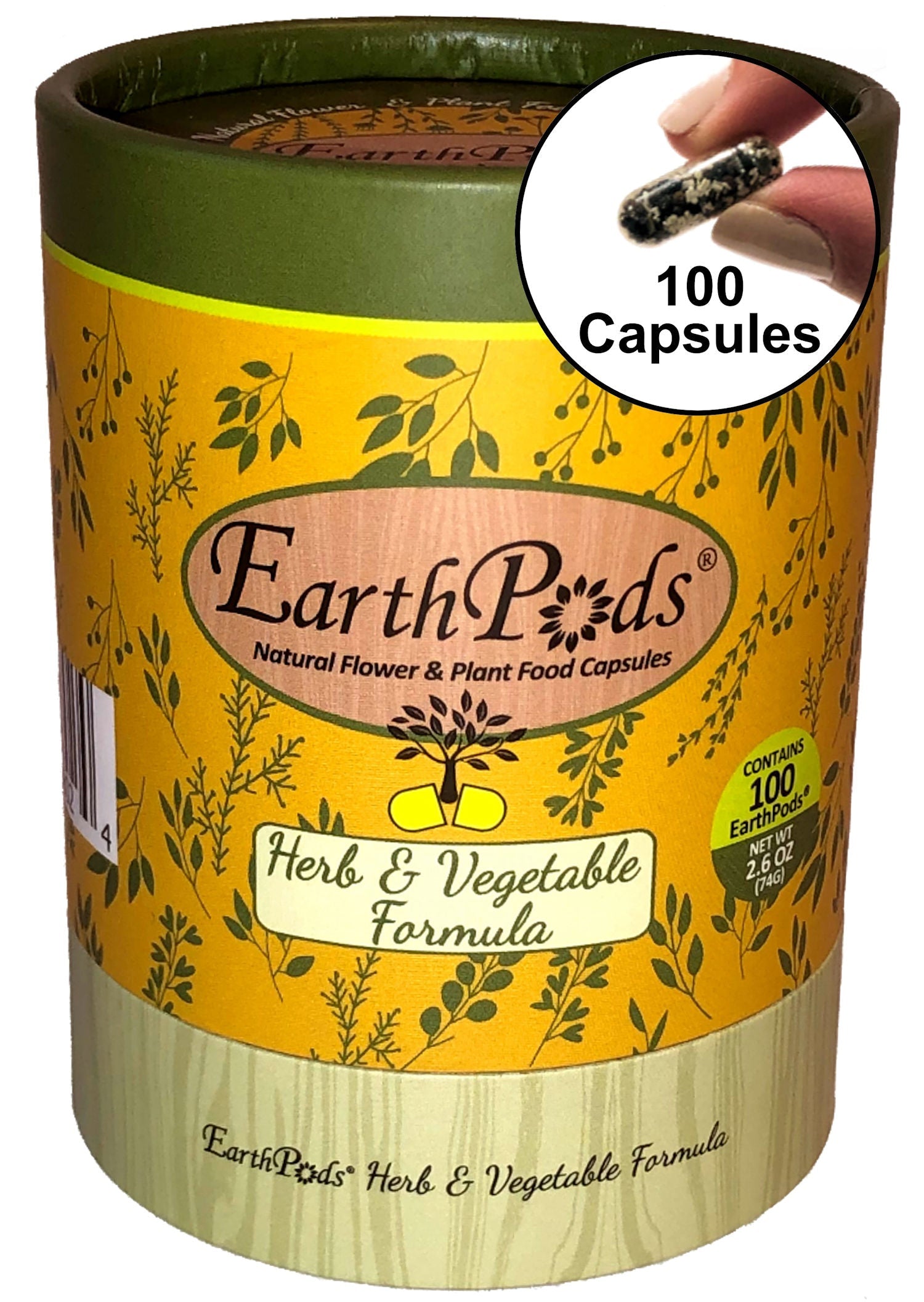

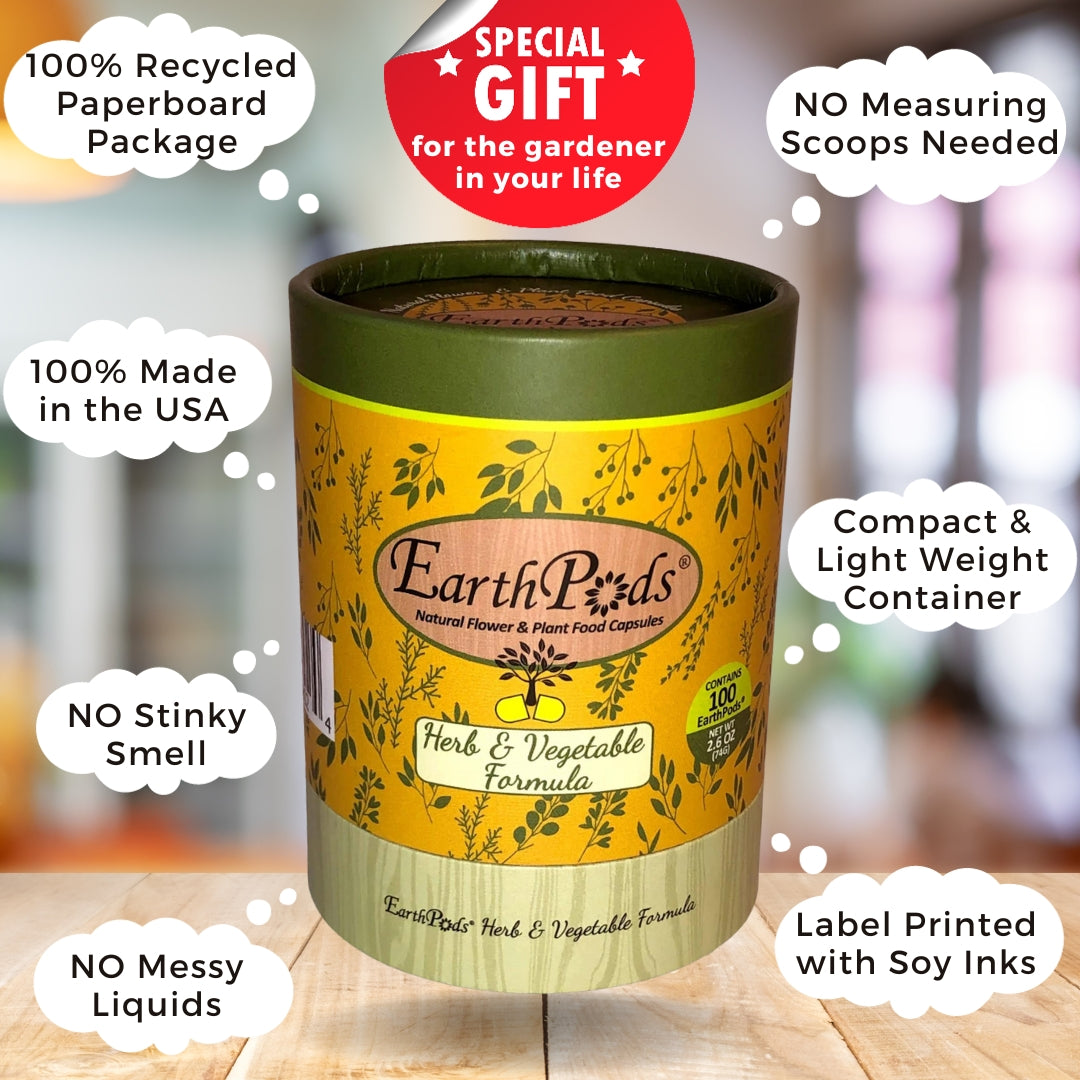
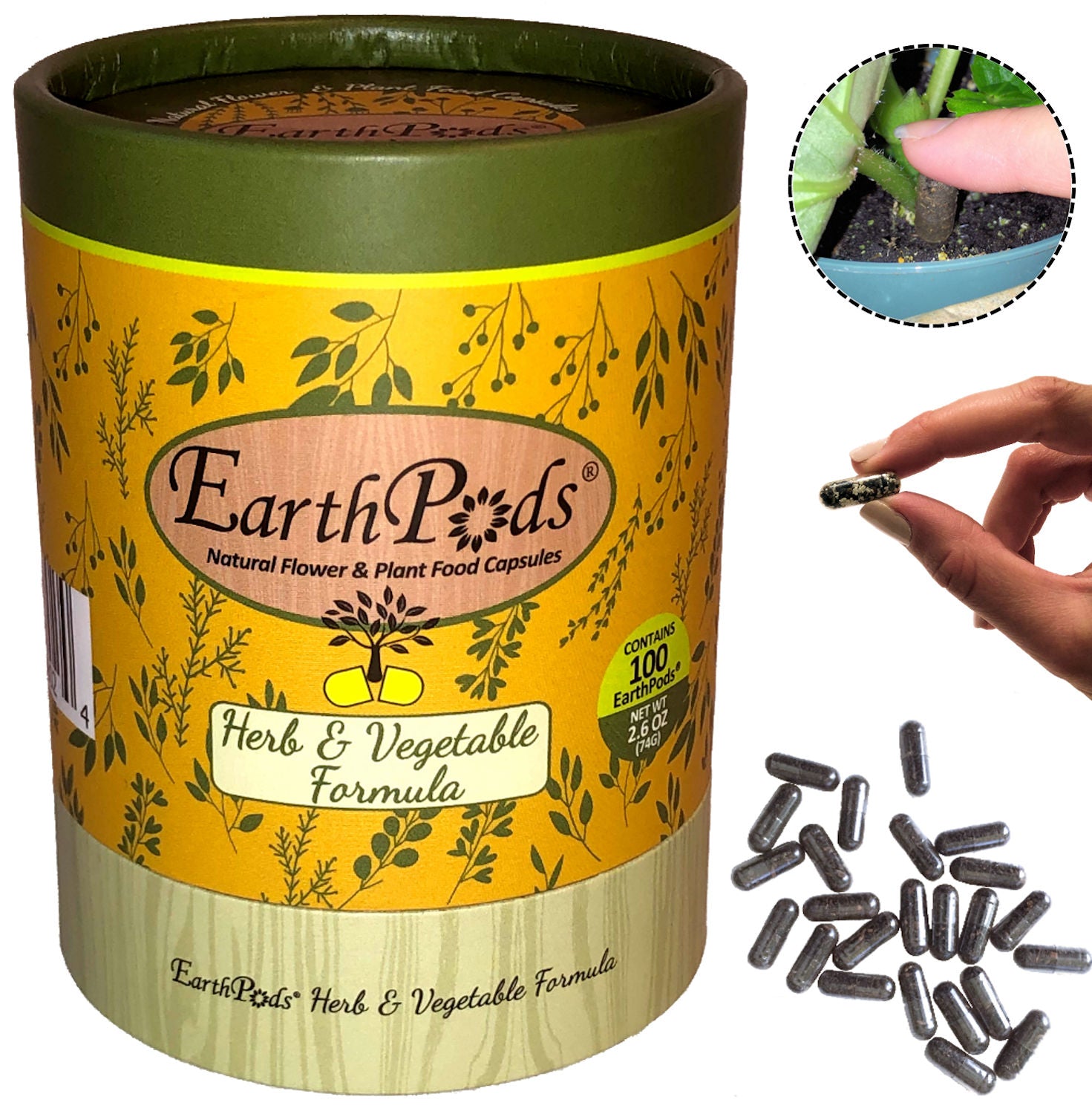
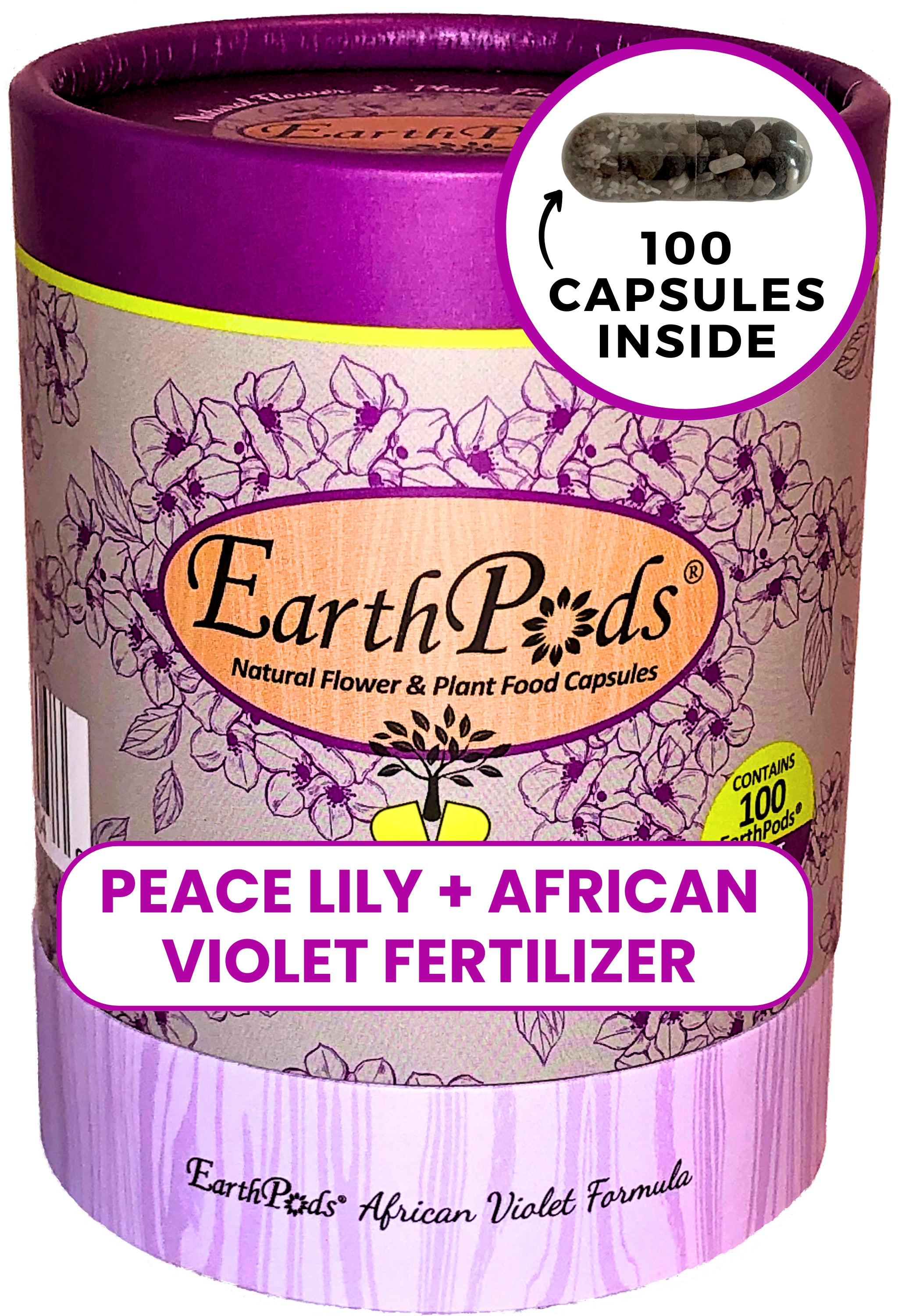

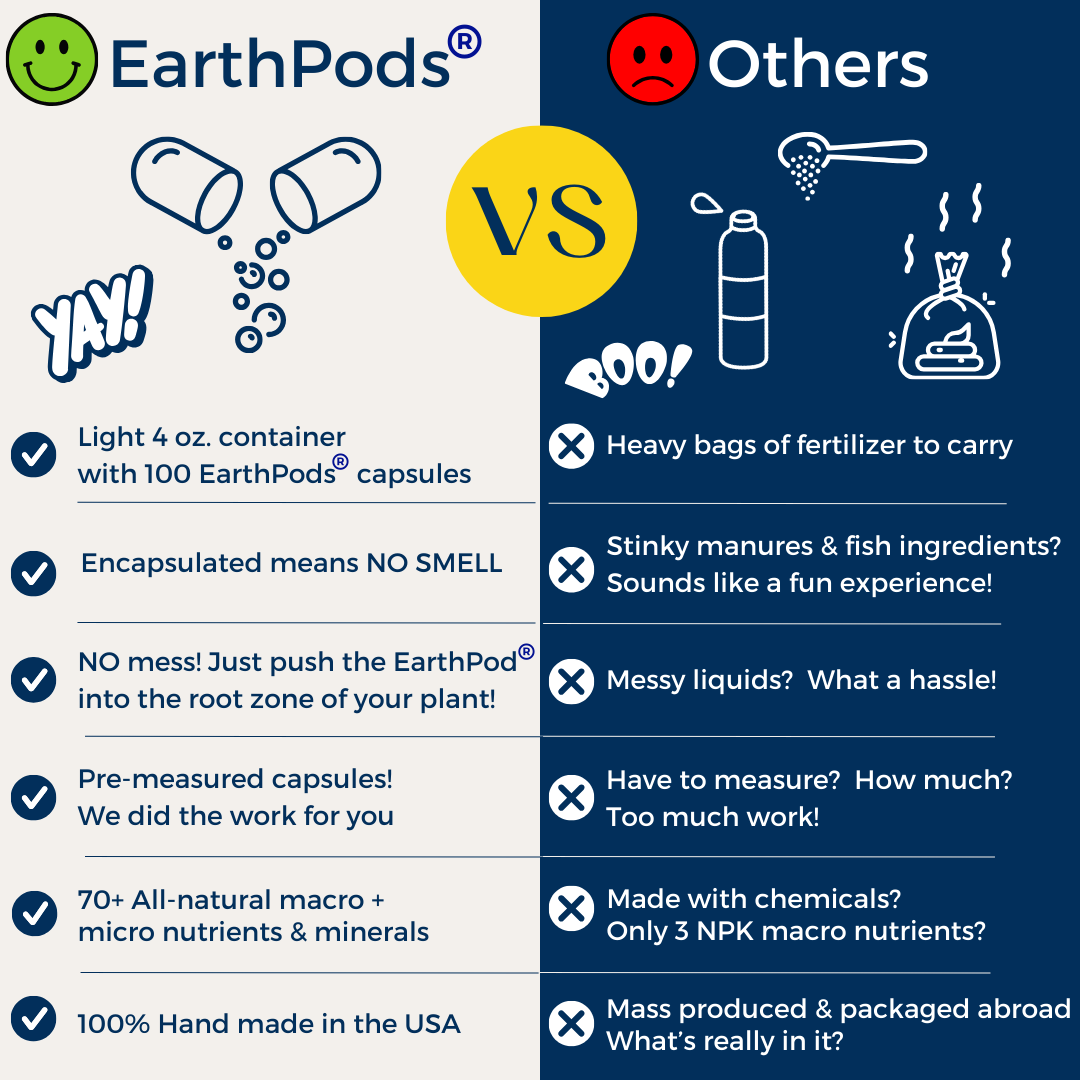
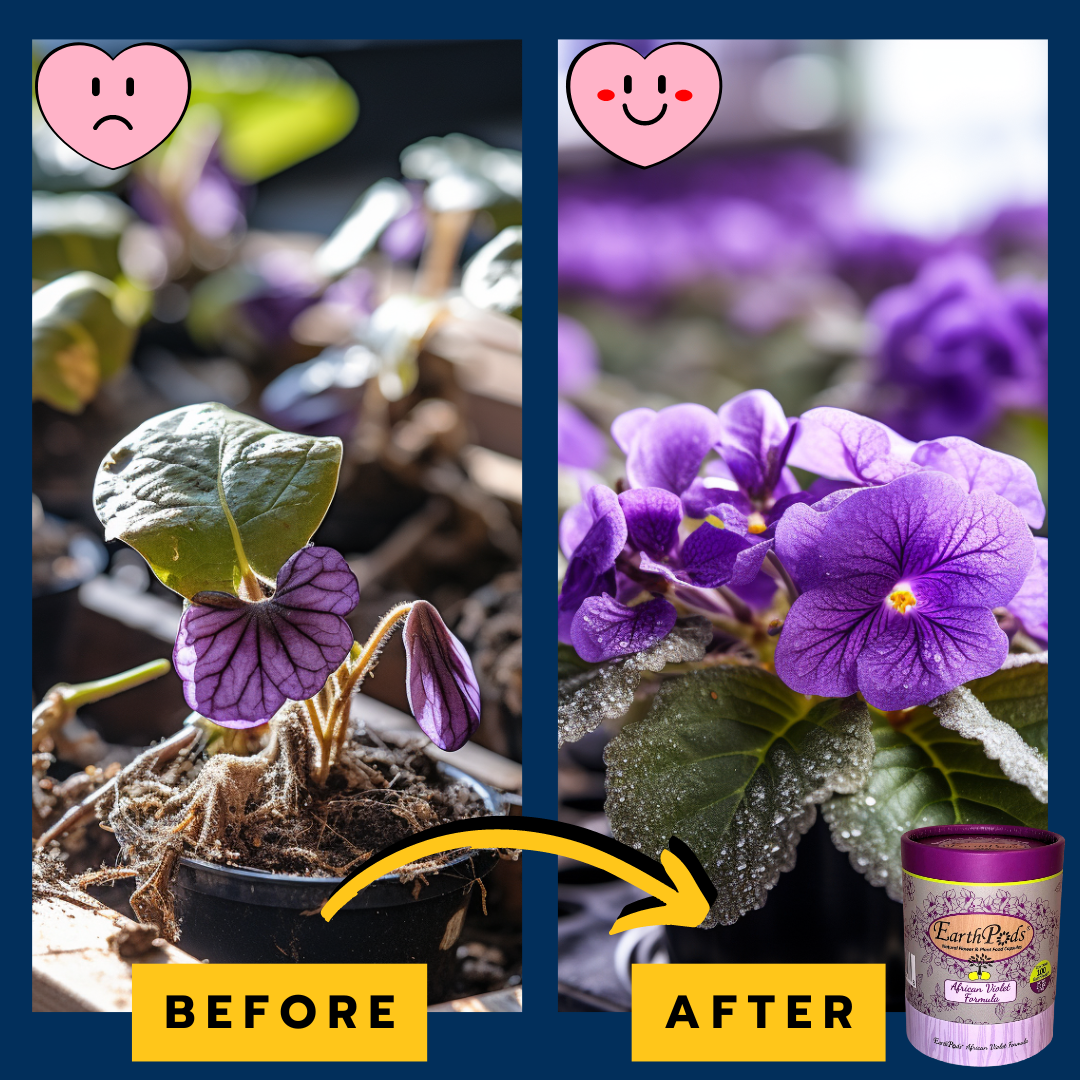
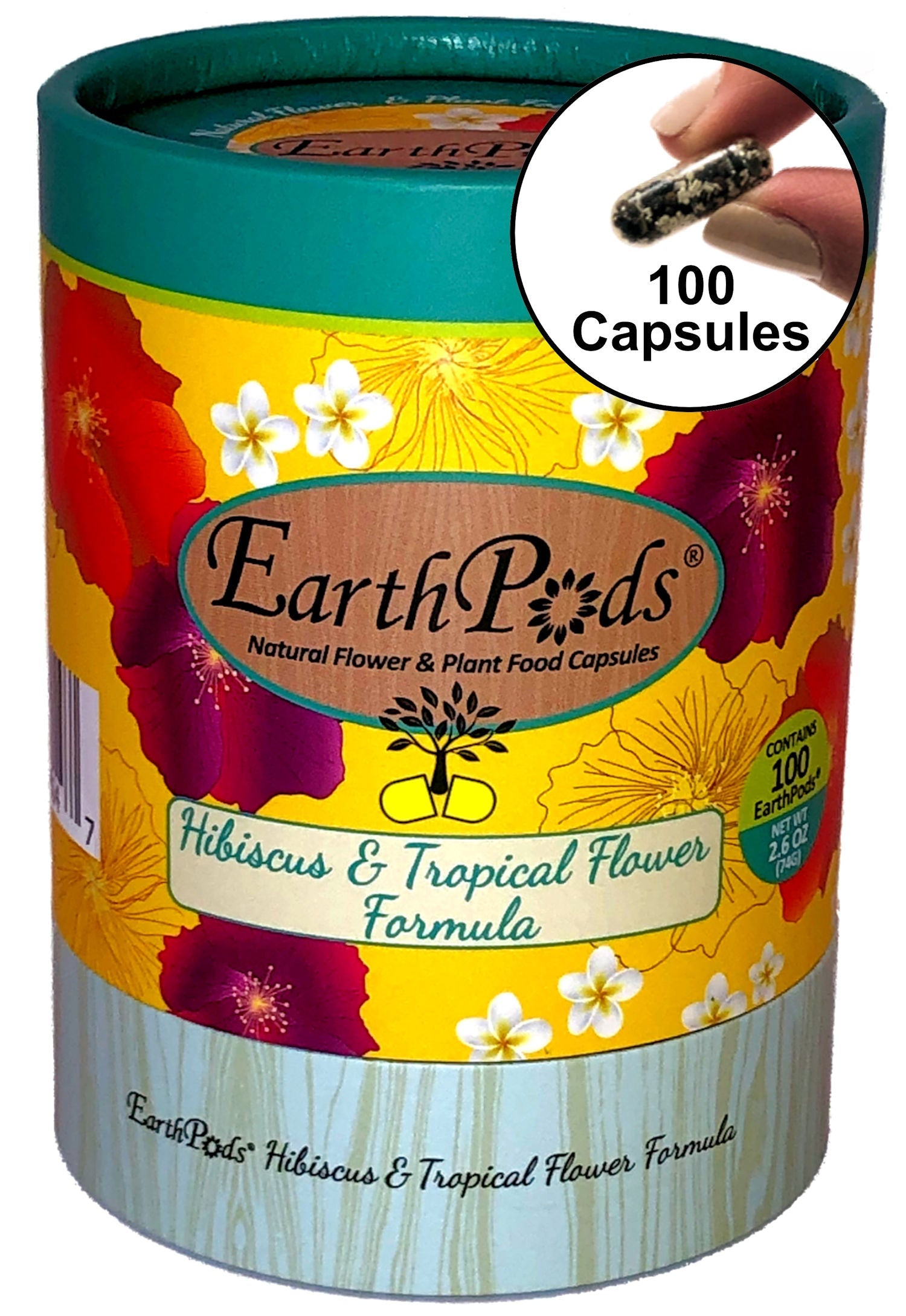

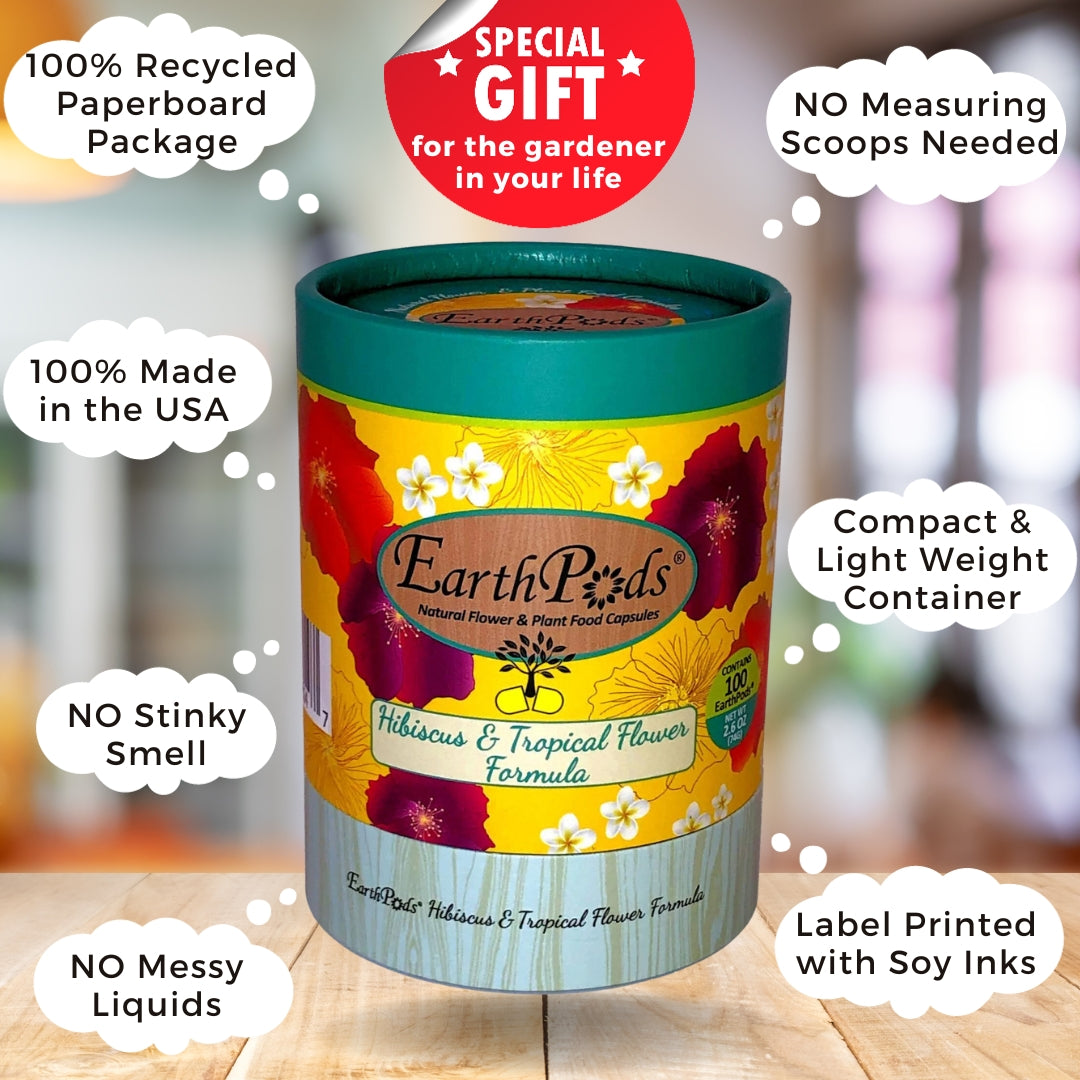
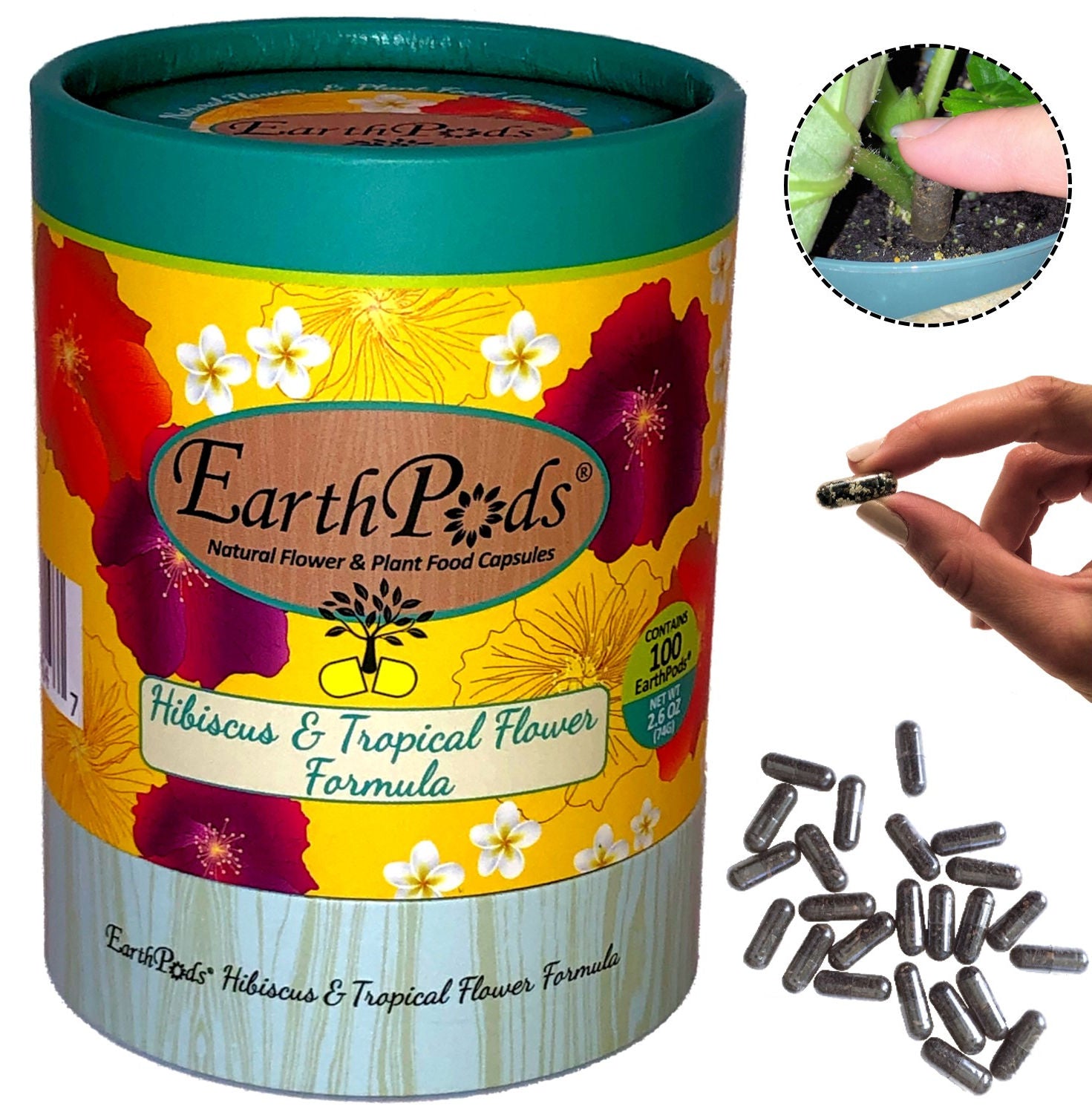
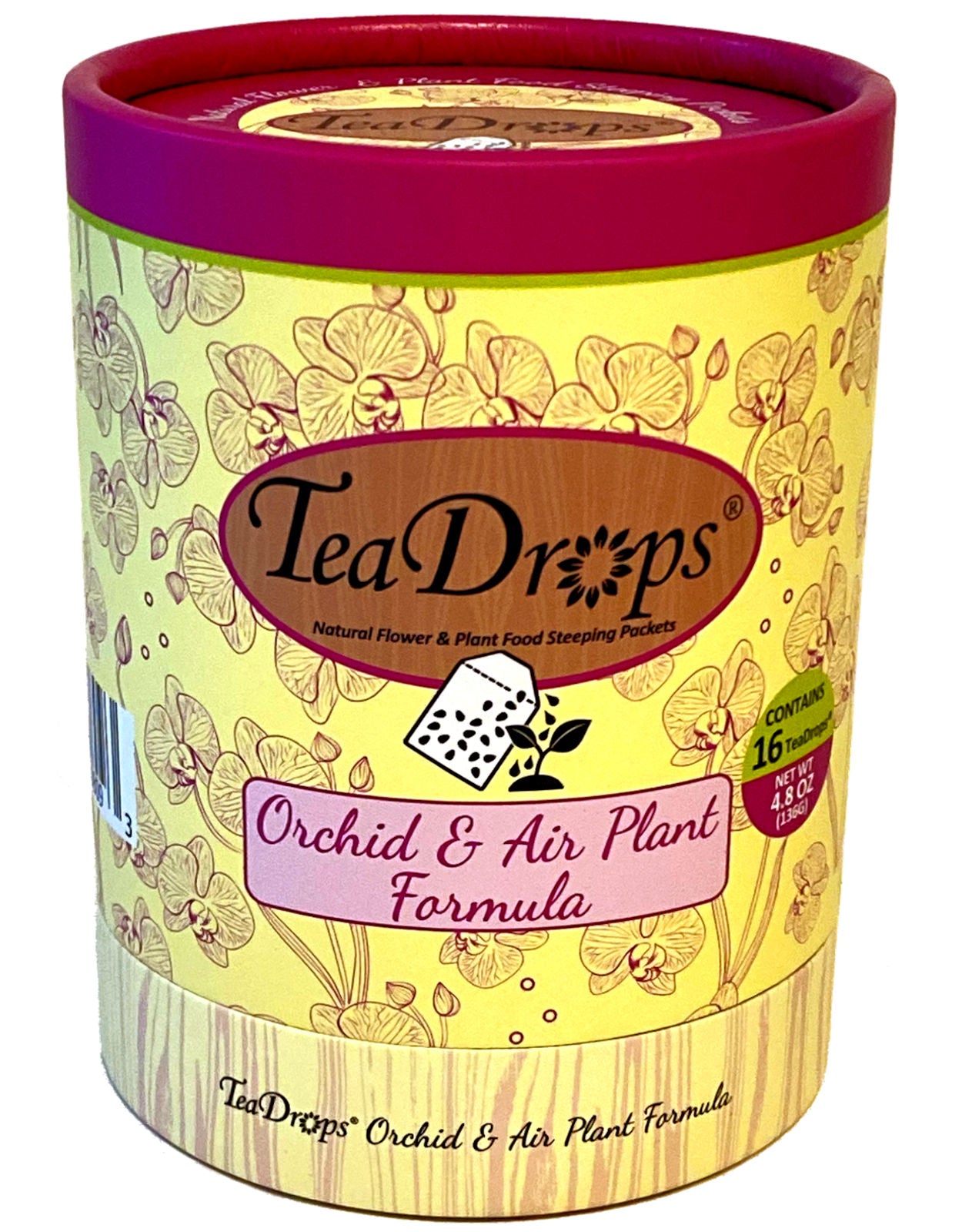
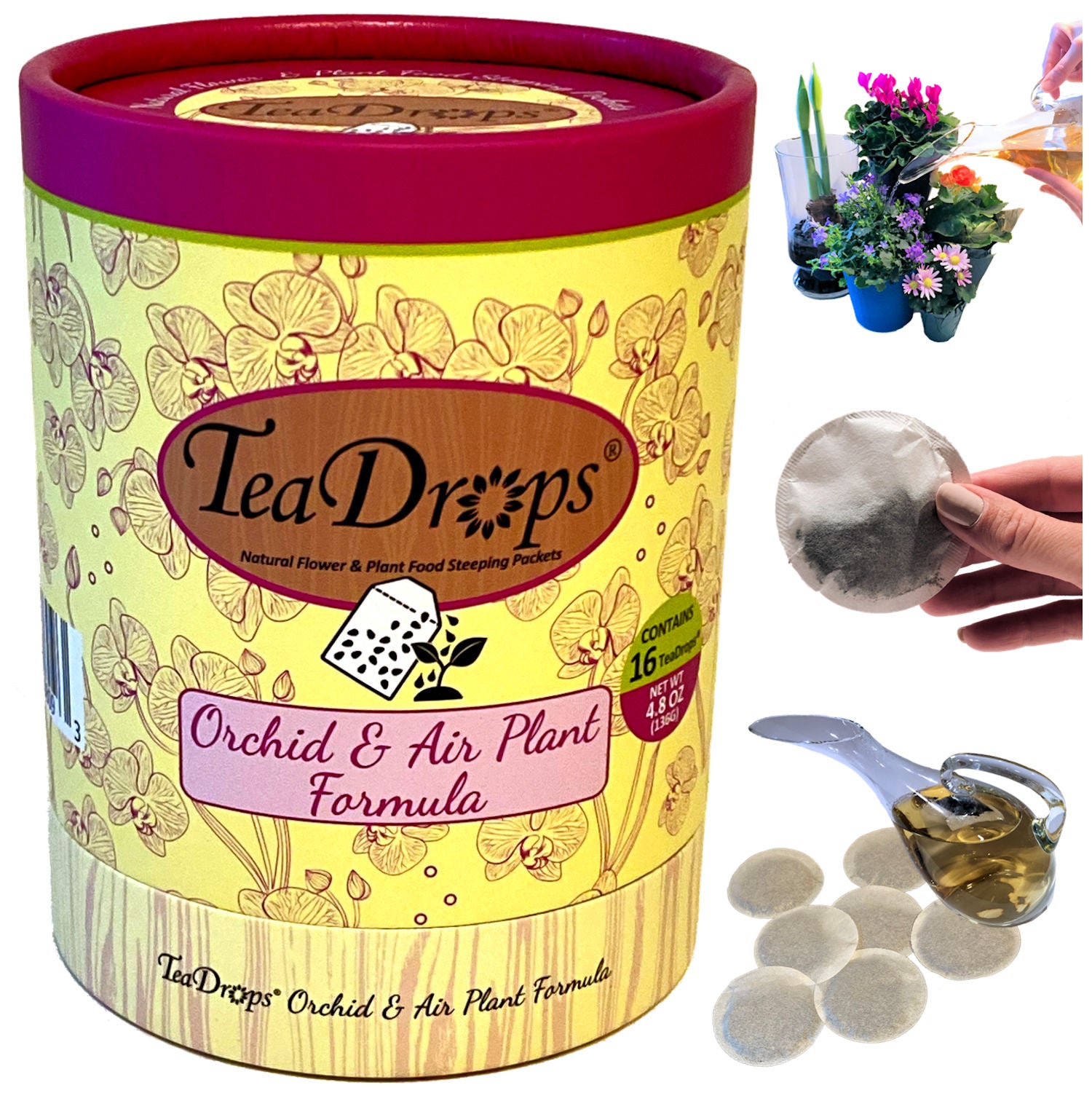
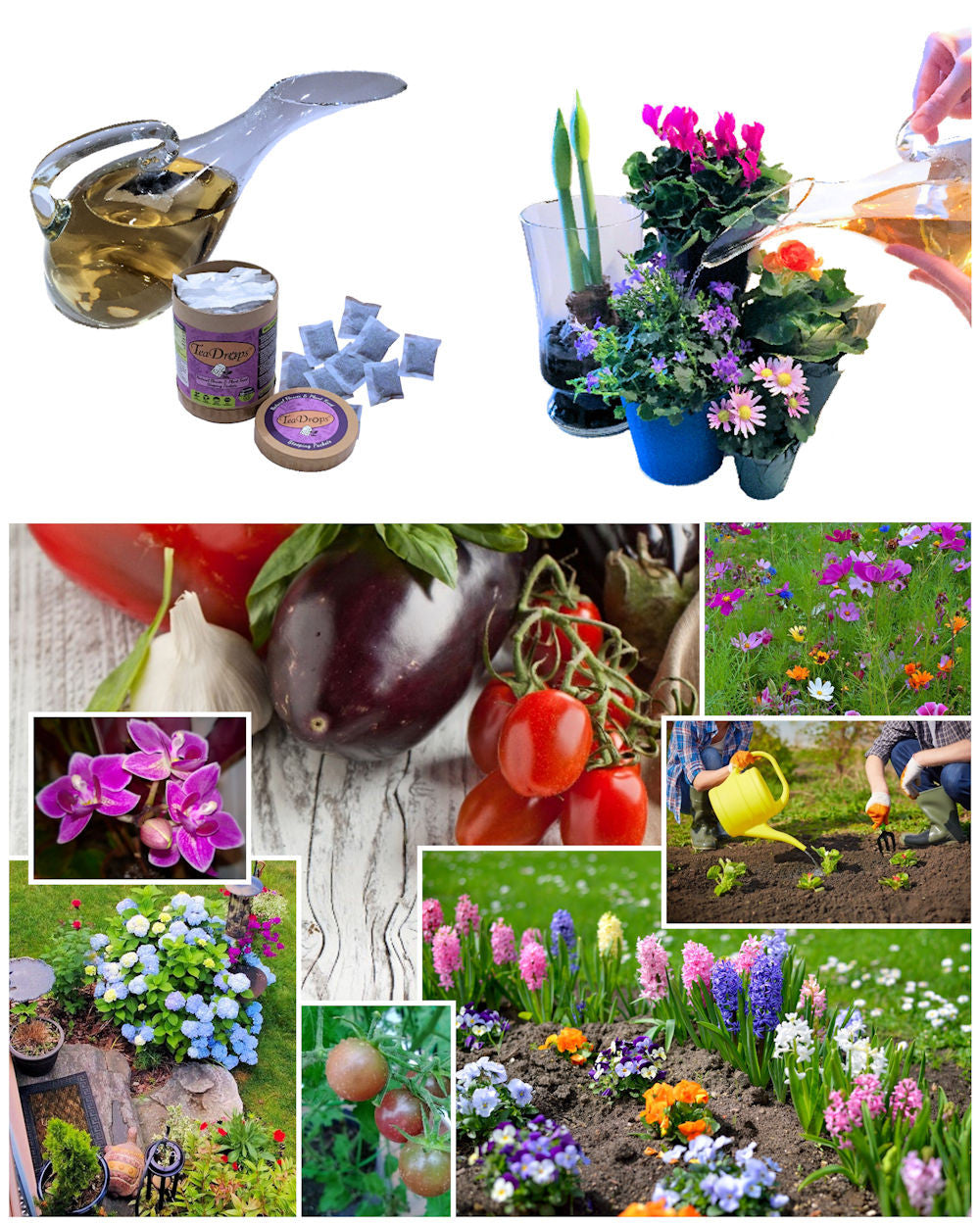

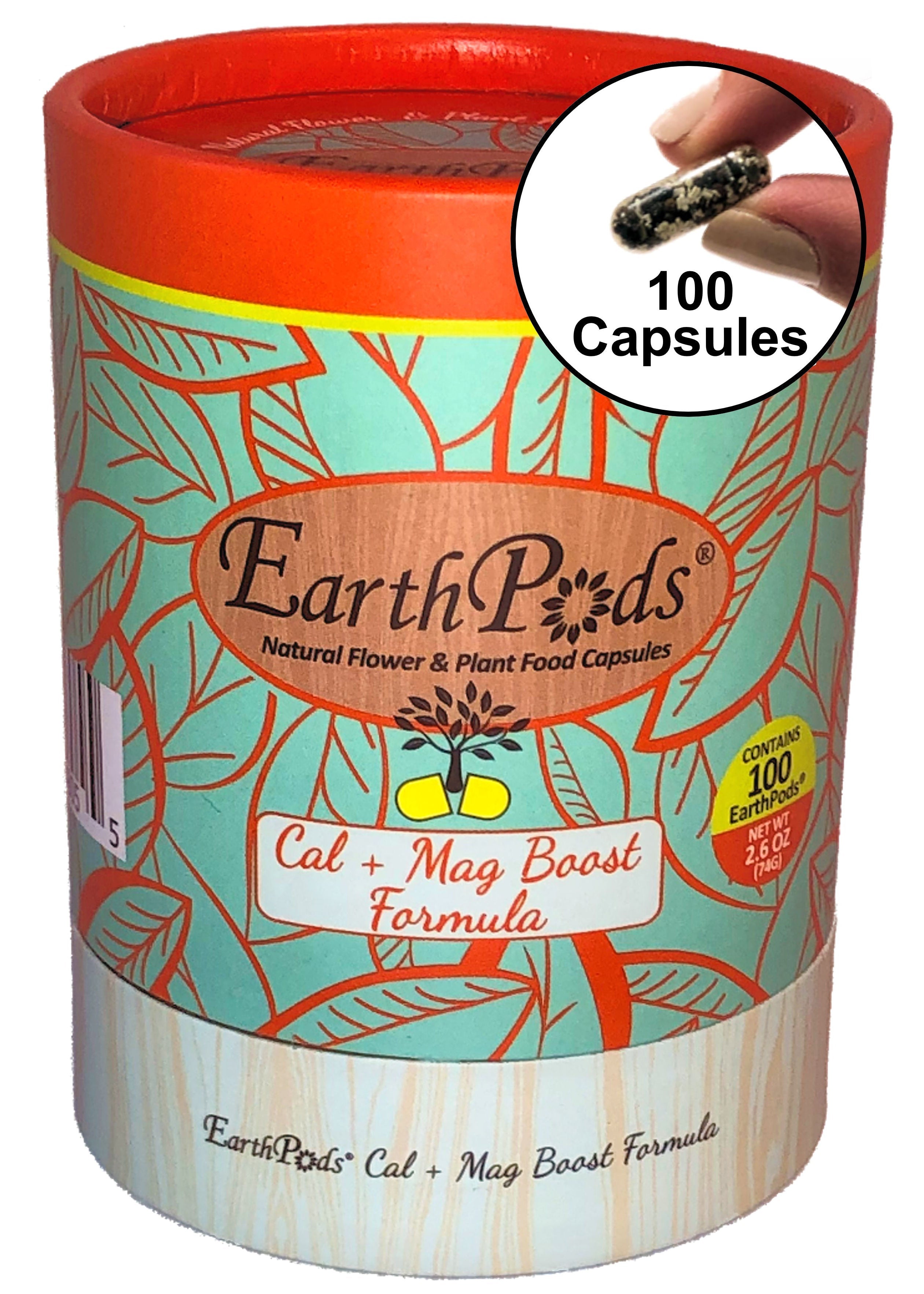

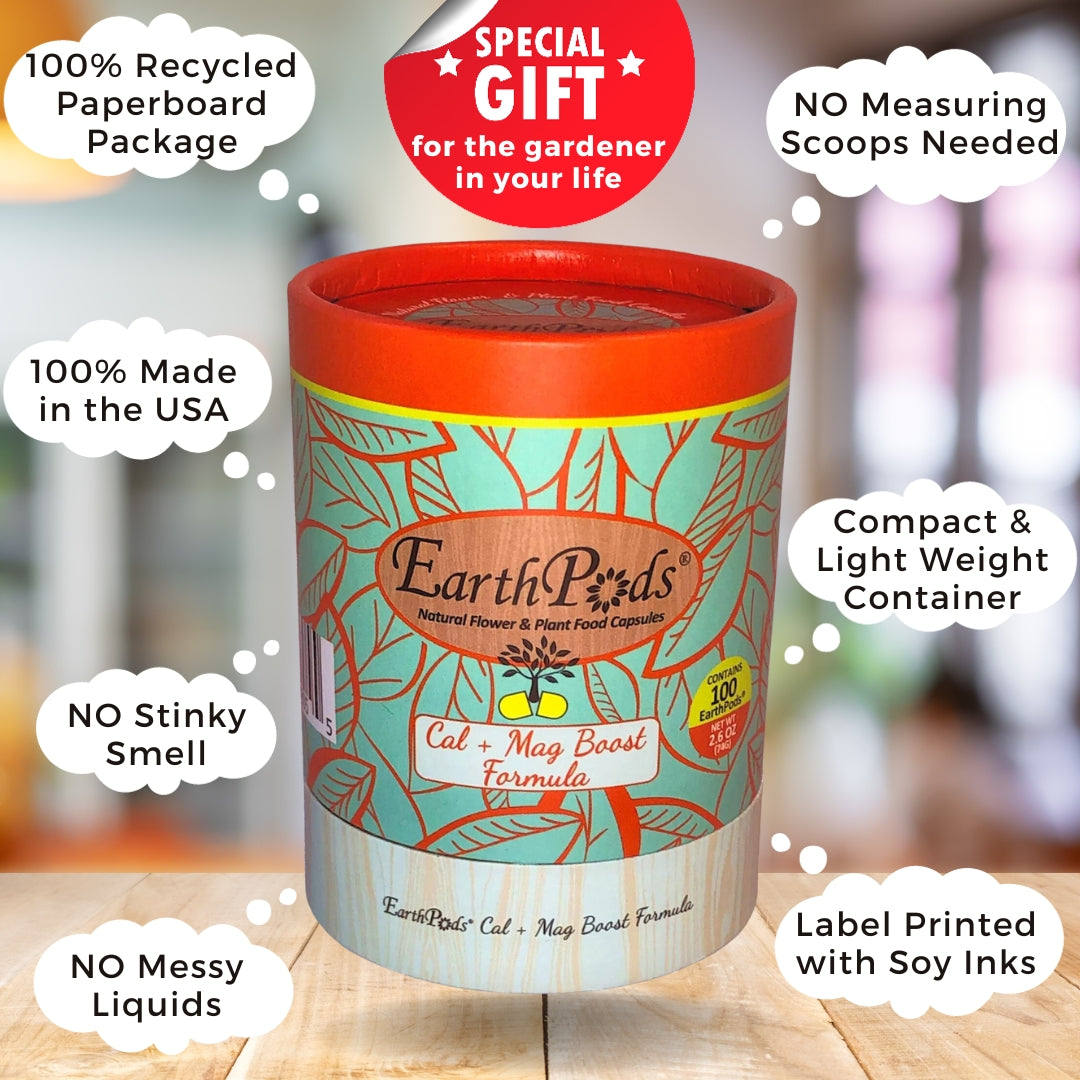
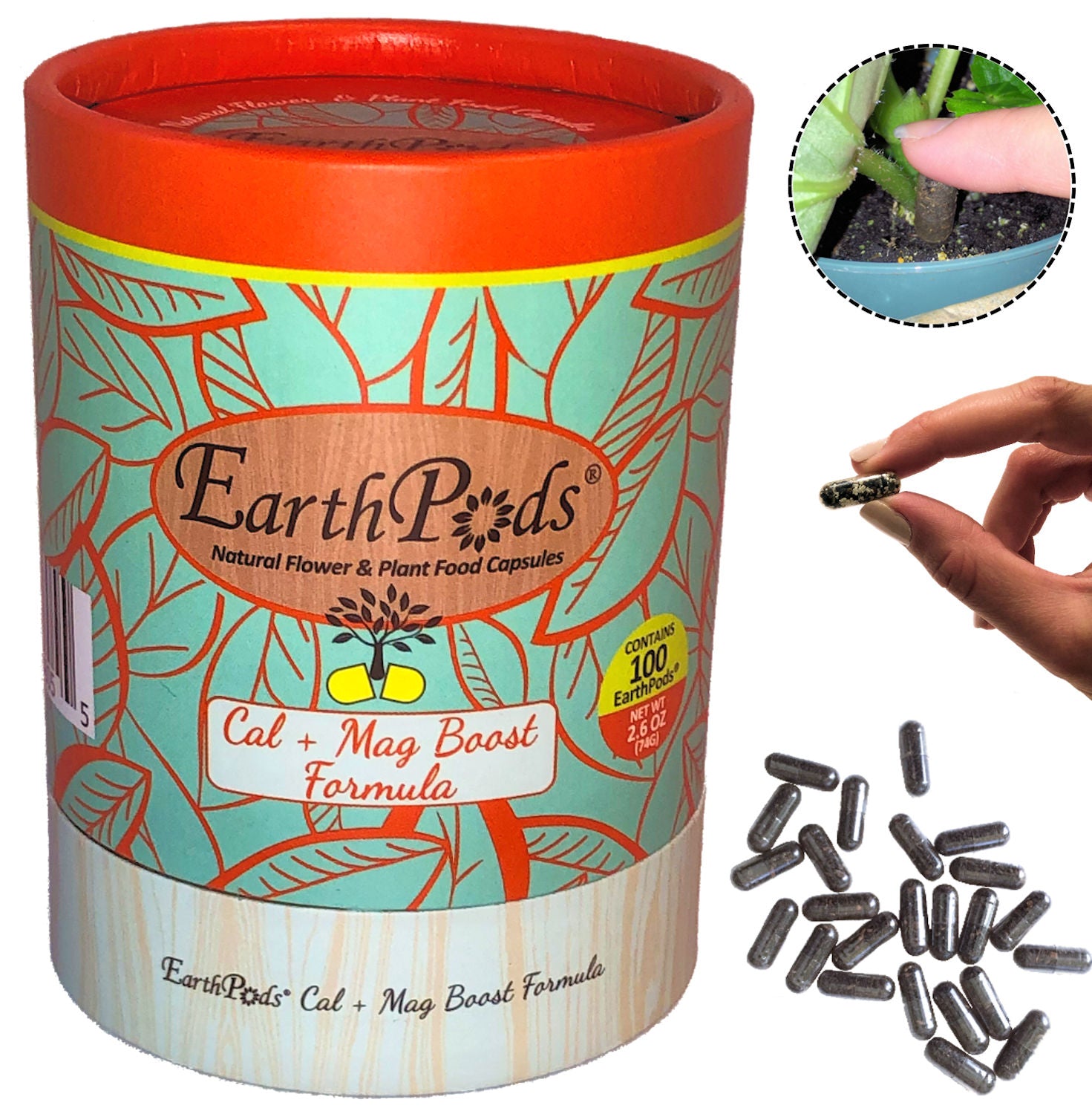


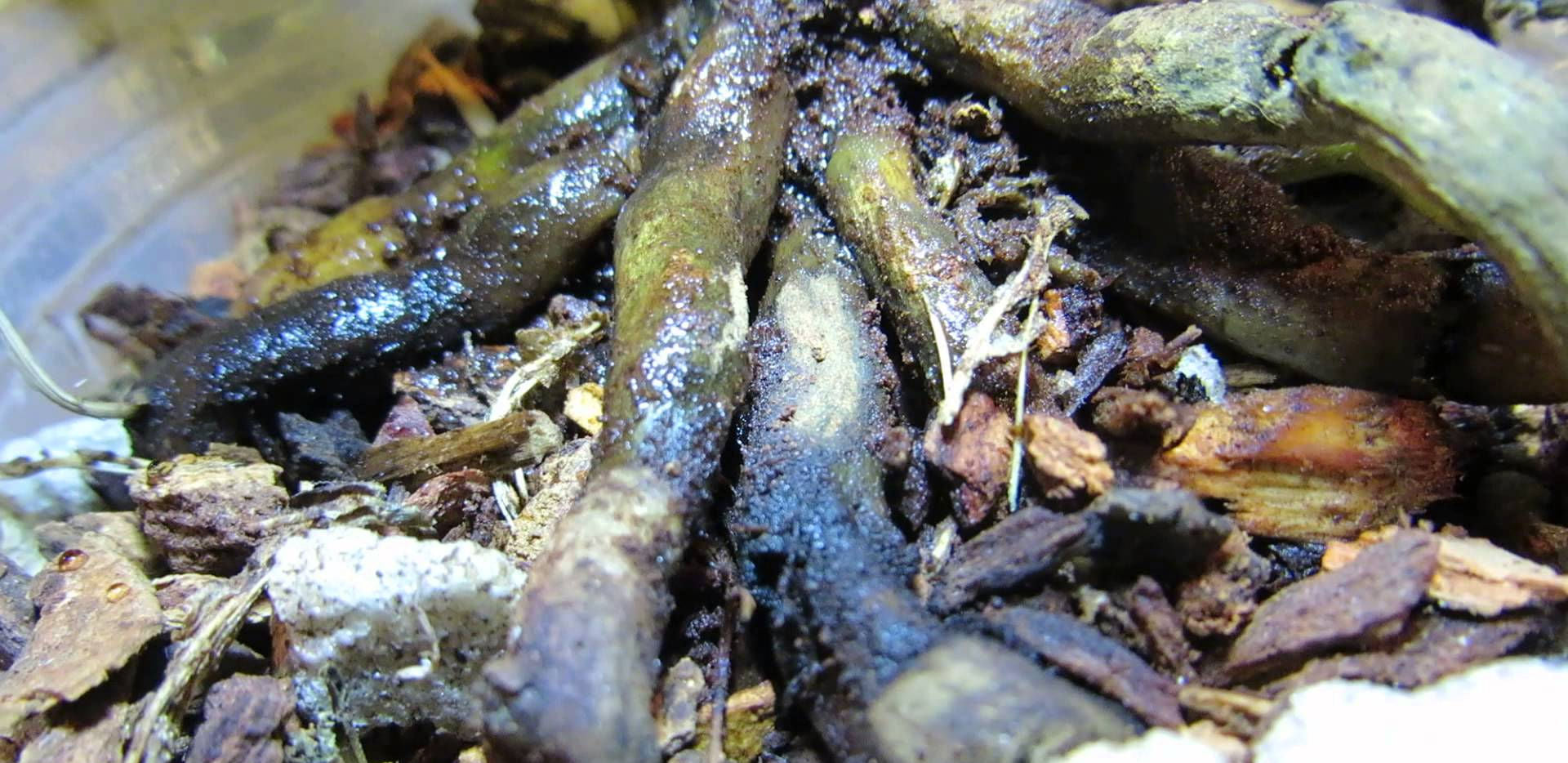
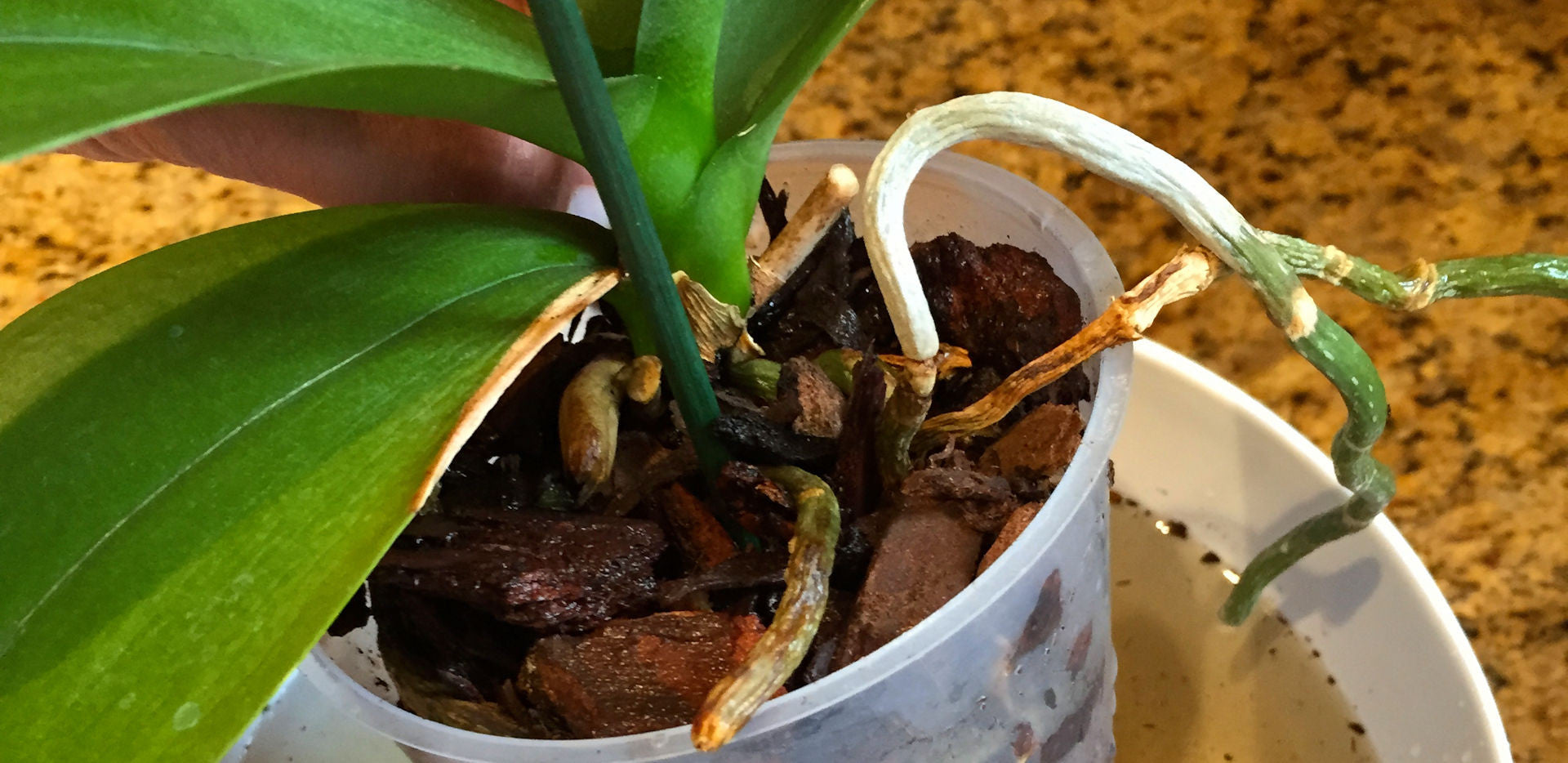
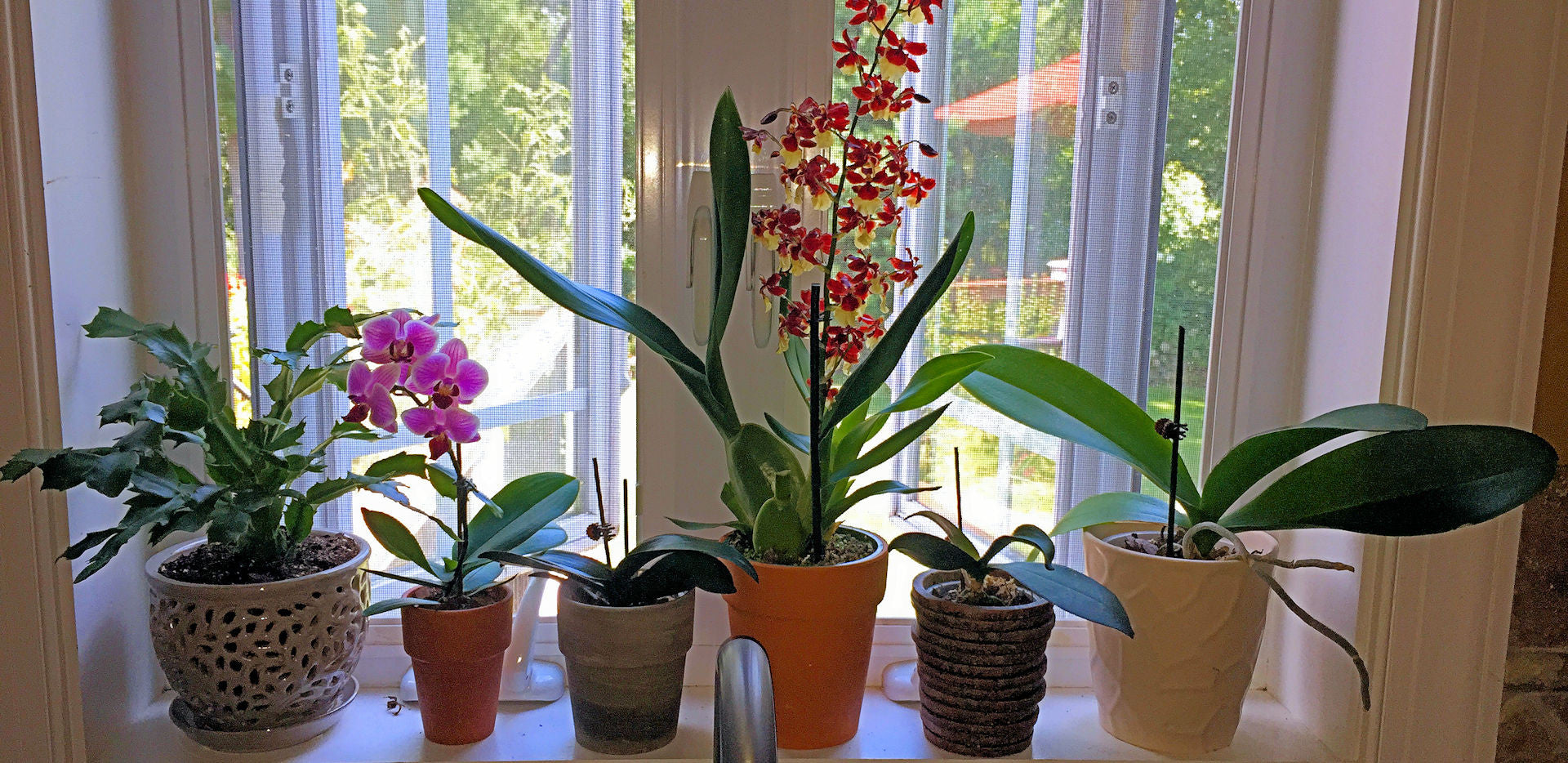

Share:
Top 7 Orchіd Pest & Disease Issues To Prevent: Orchid Care (Part II)
Organic Fertilizer for Houseplants: A Fun Expert Guide